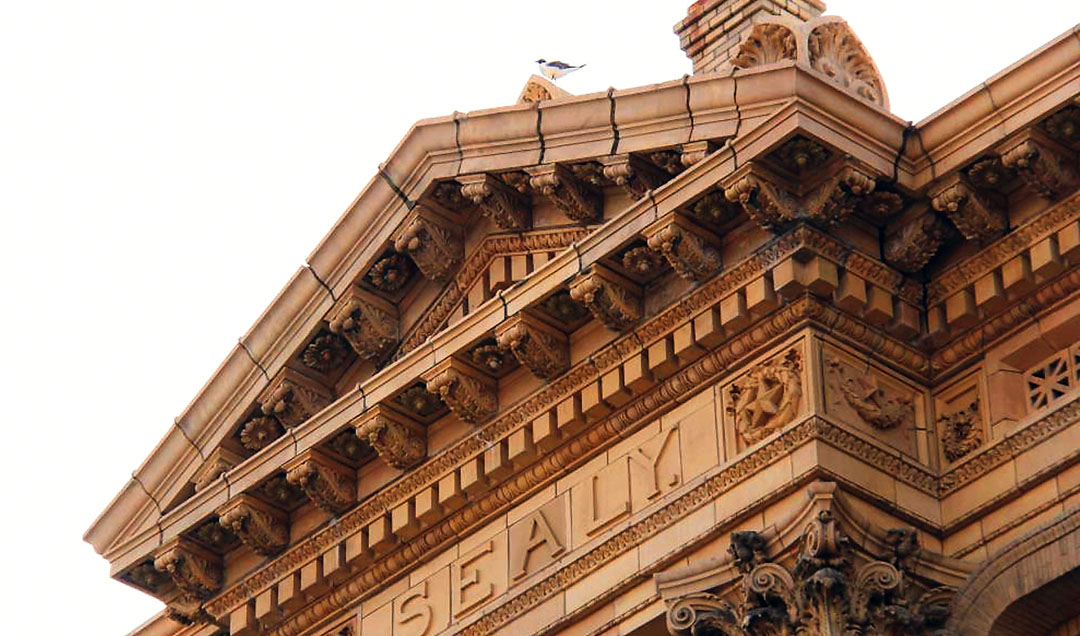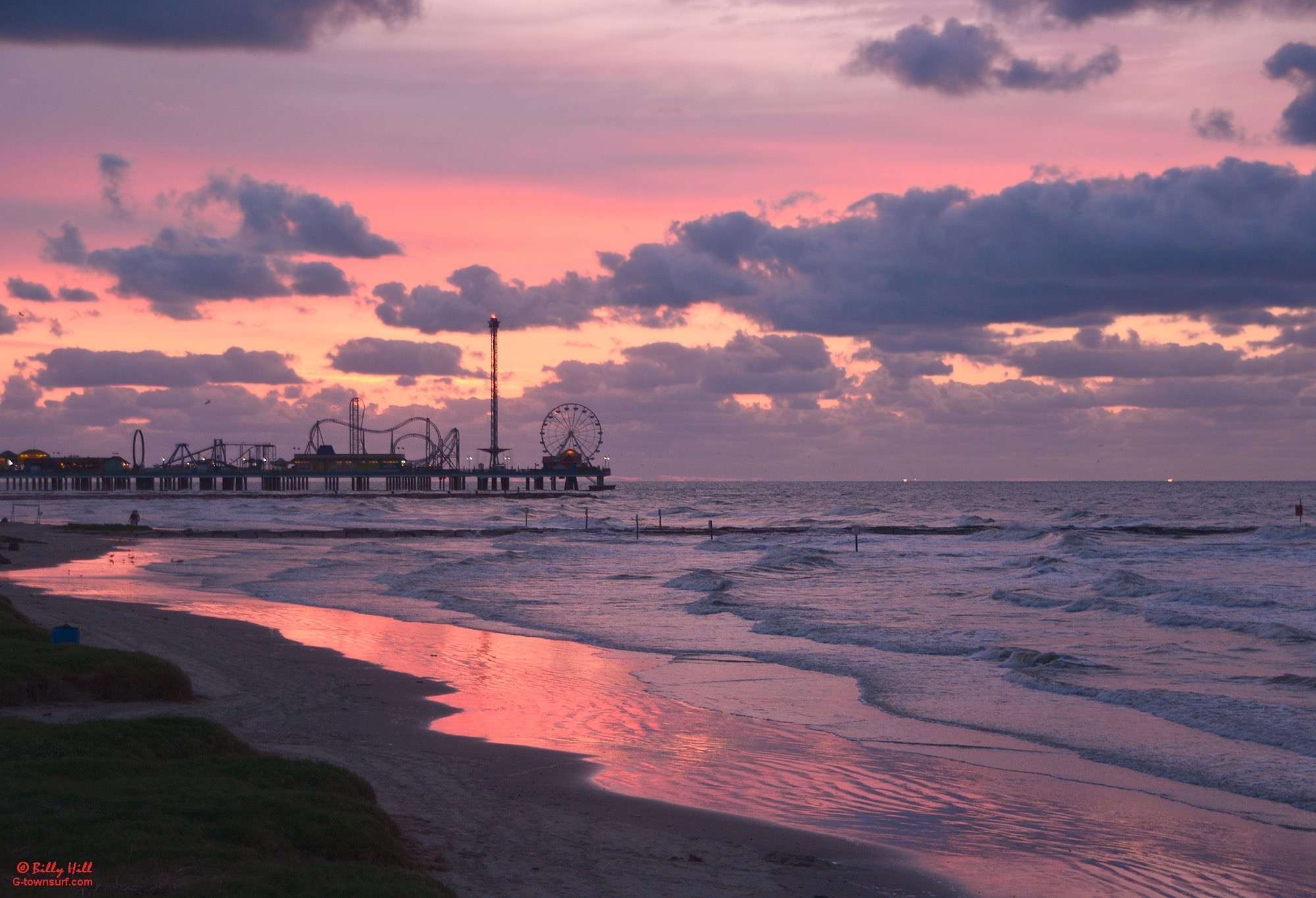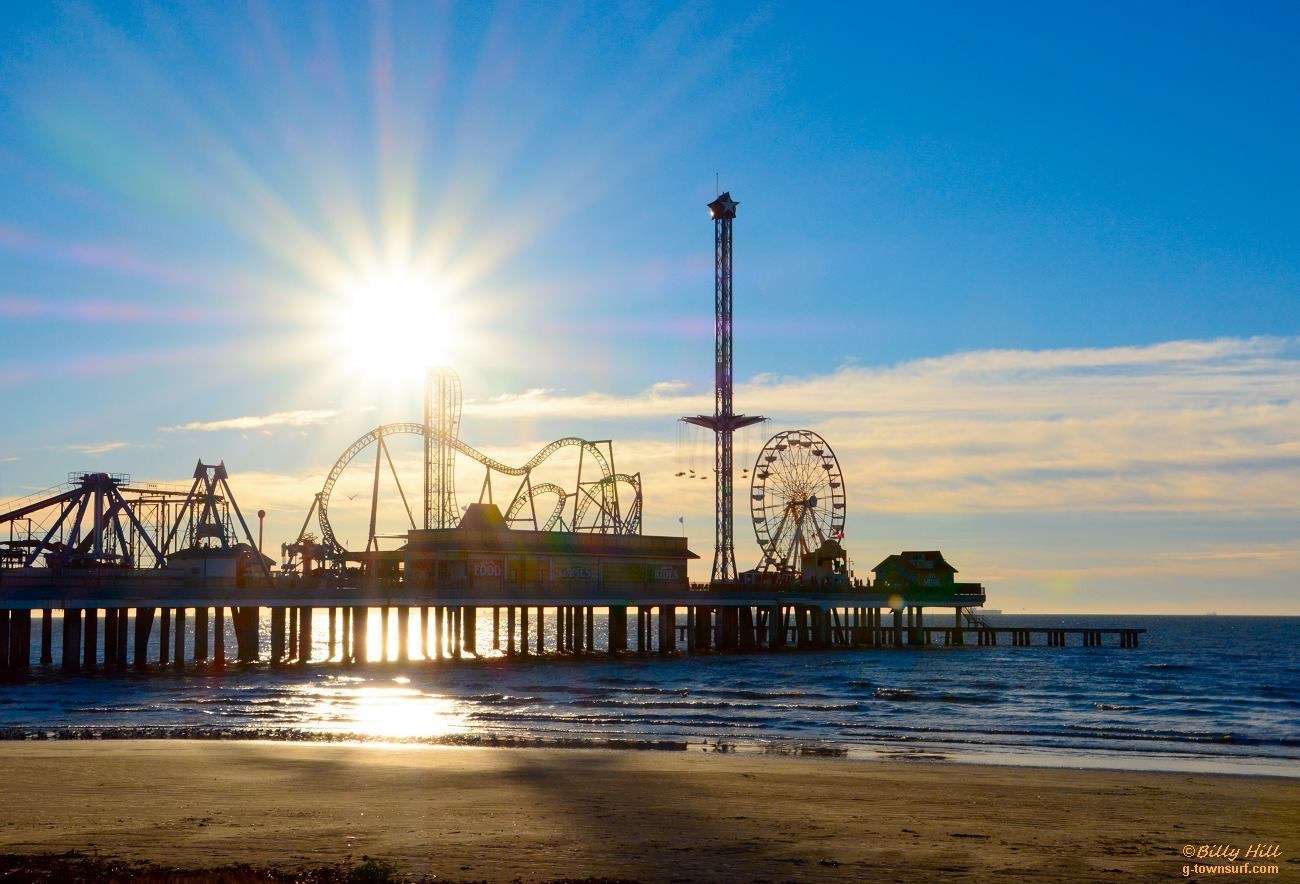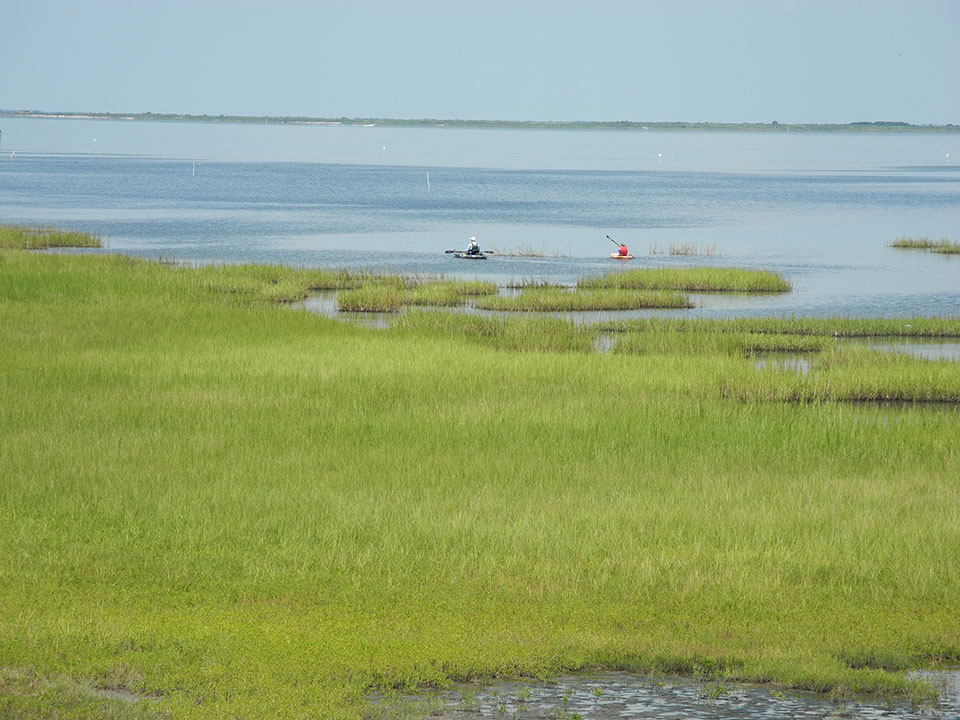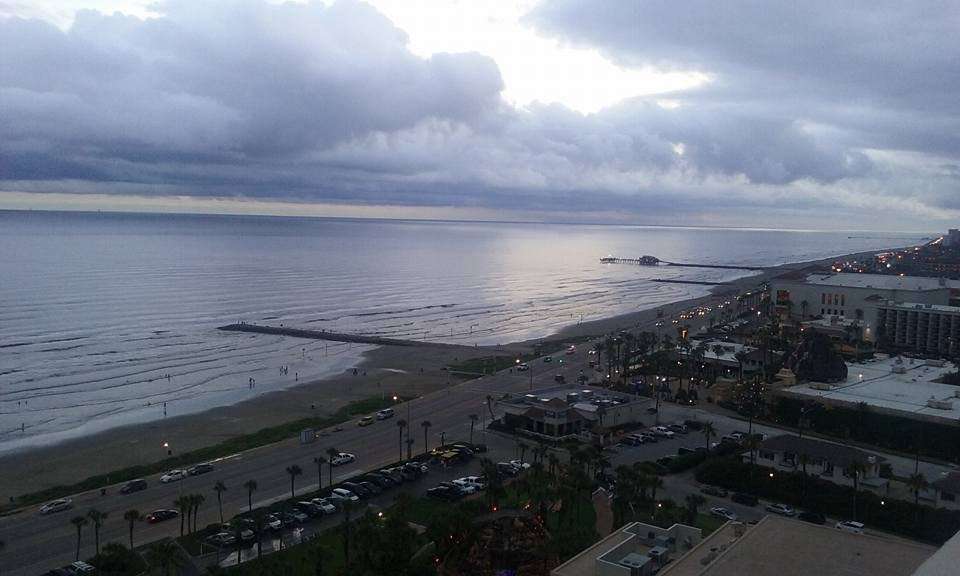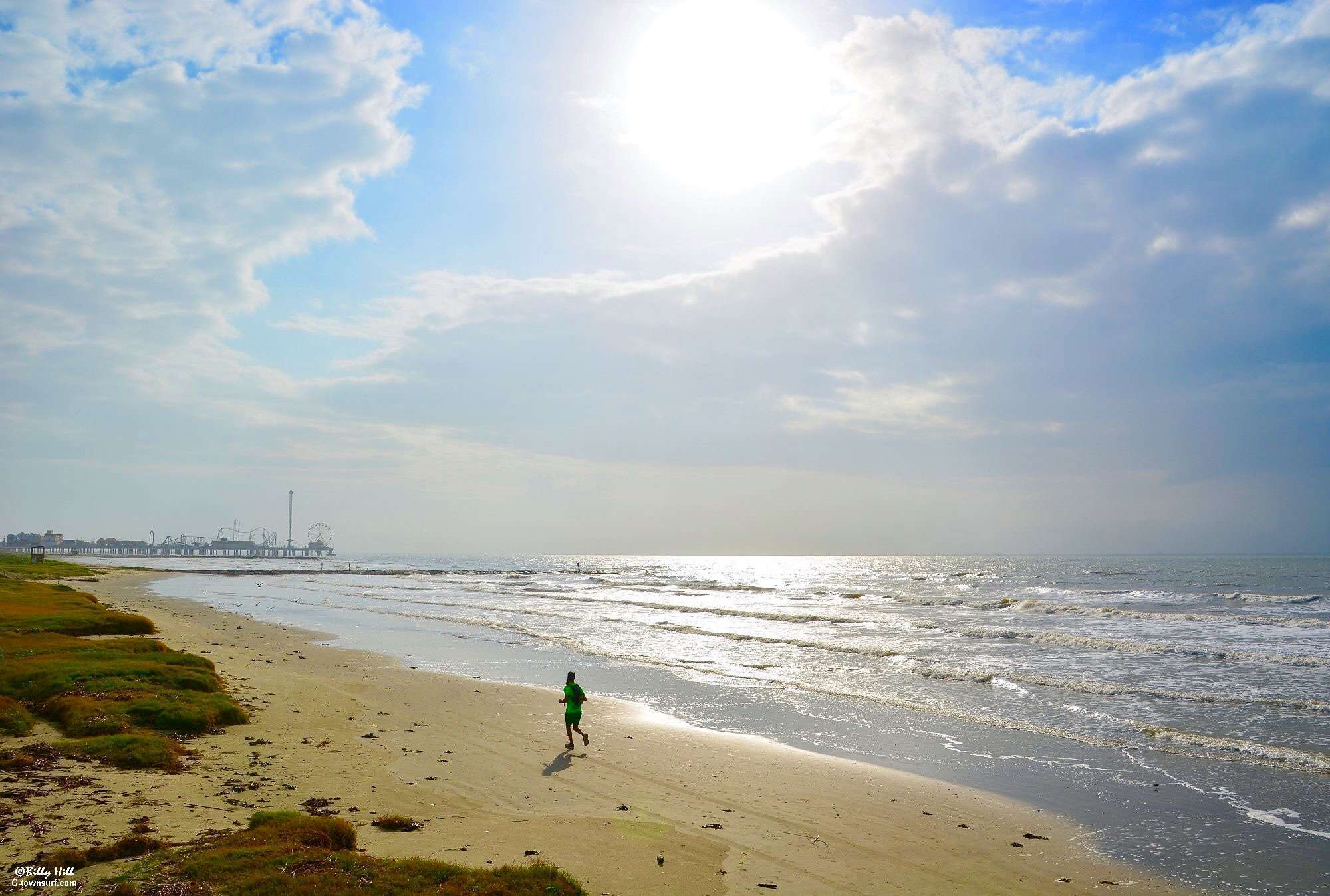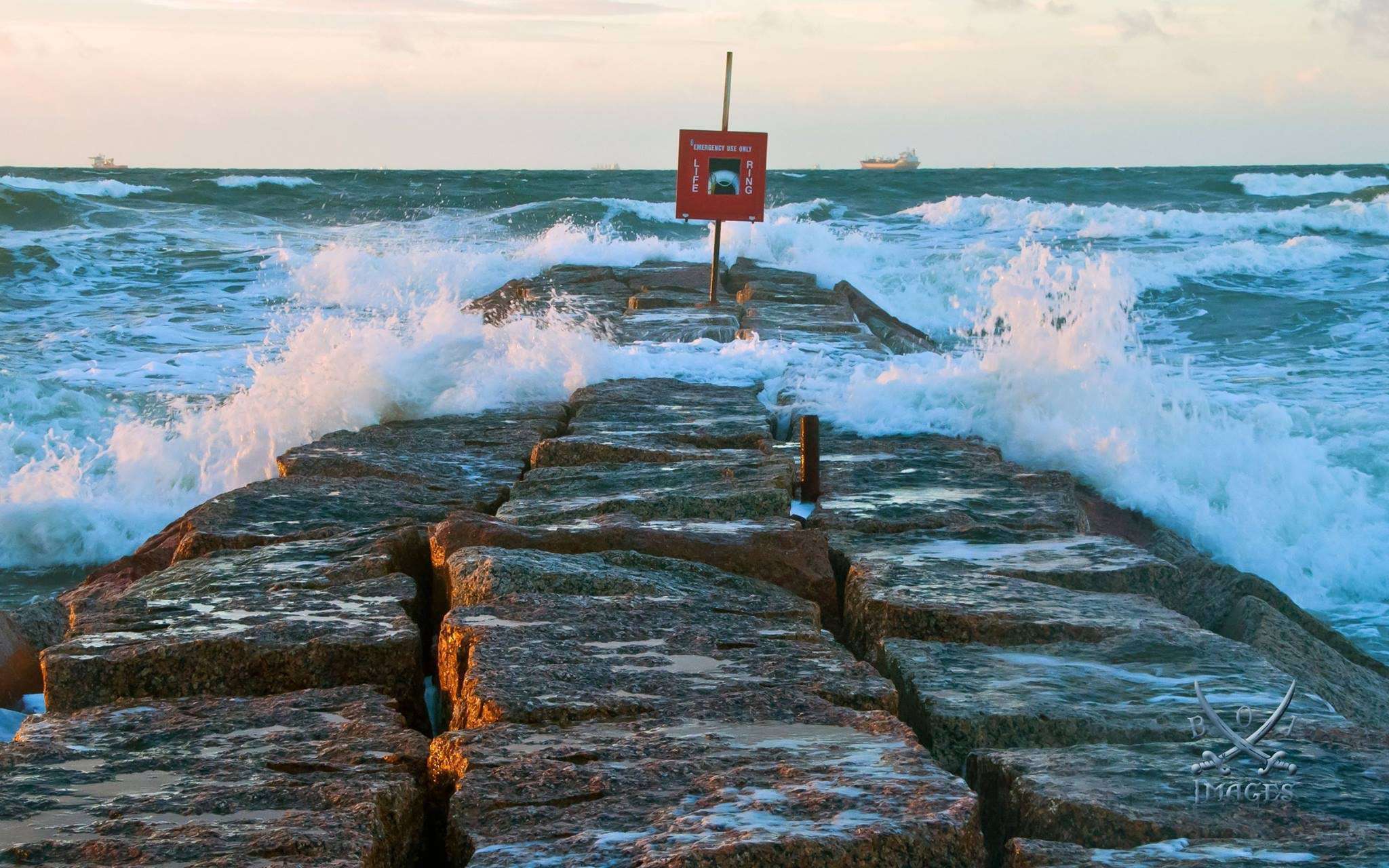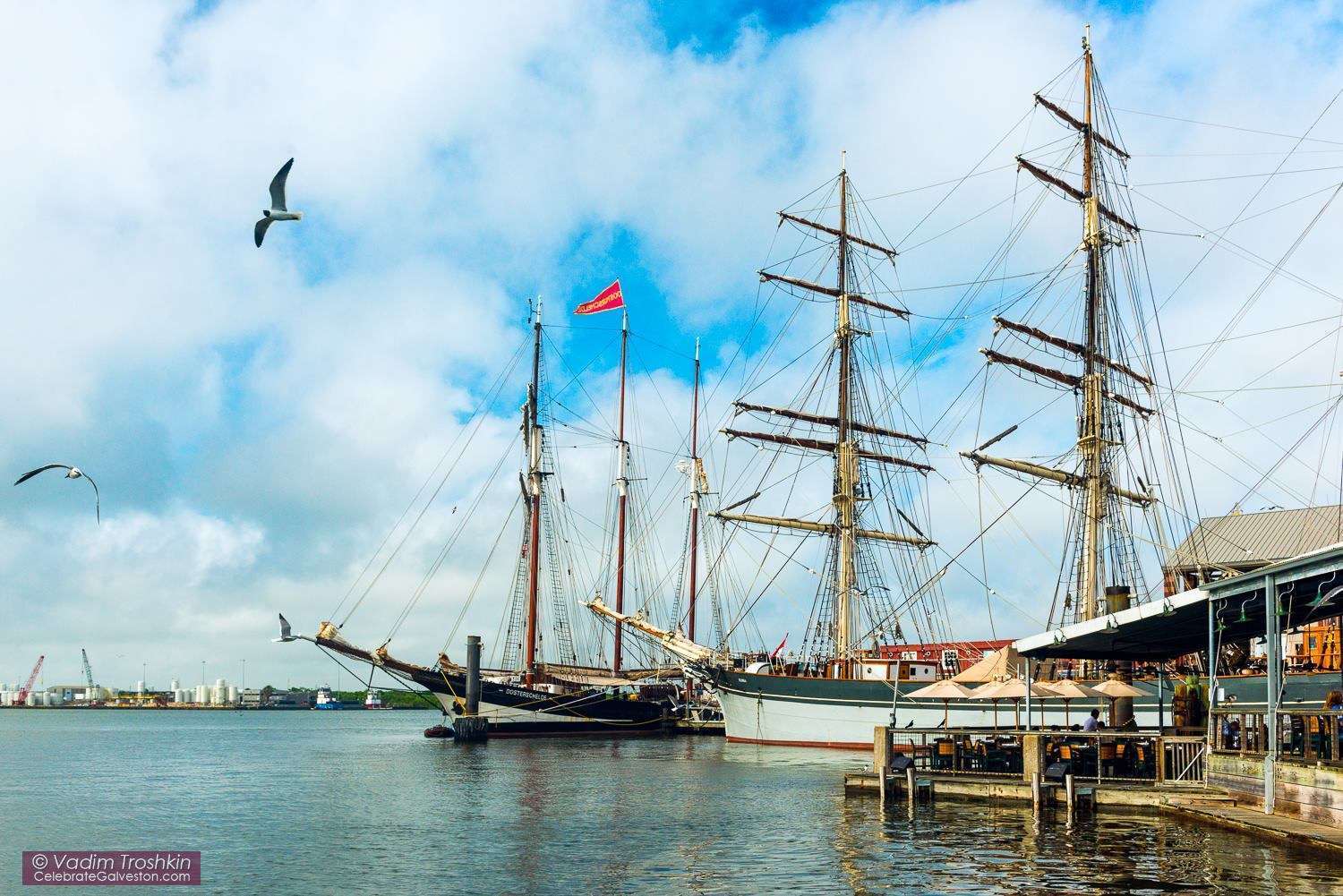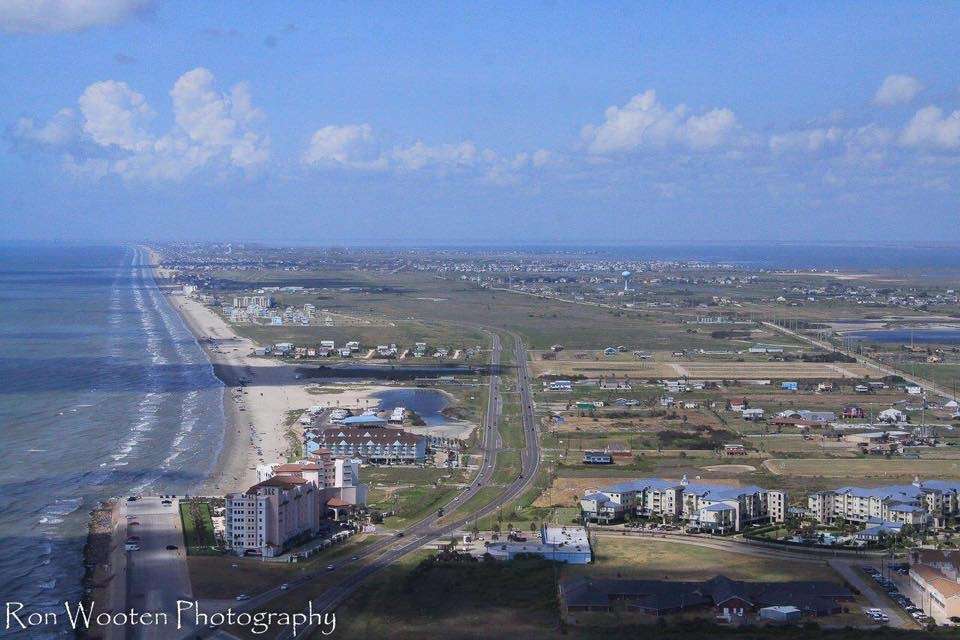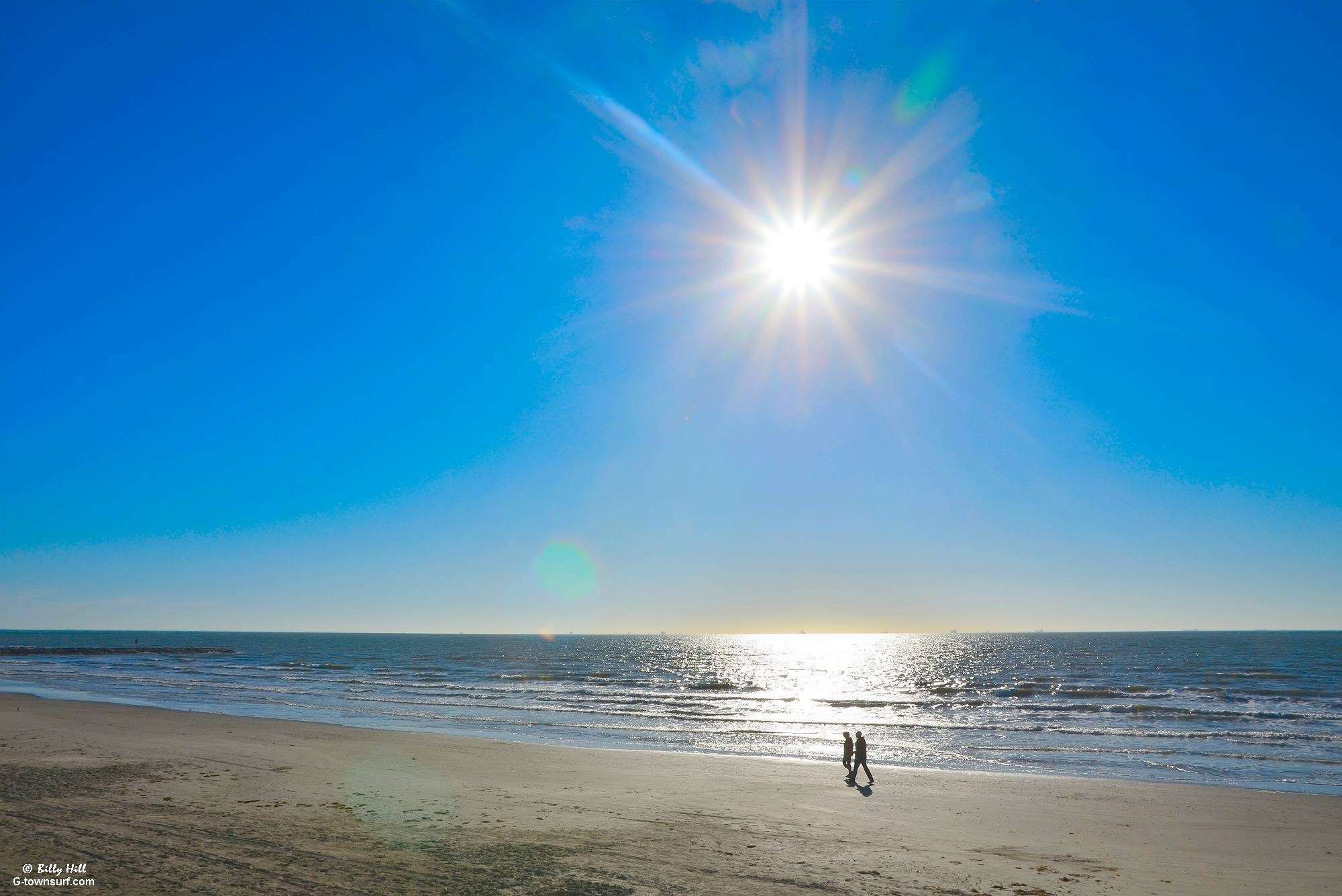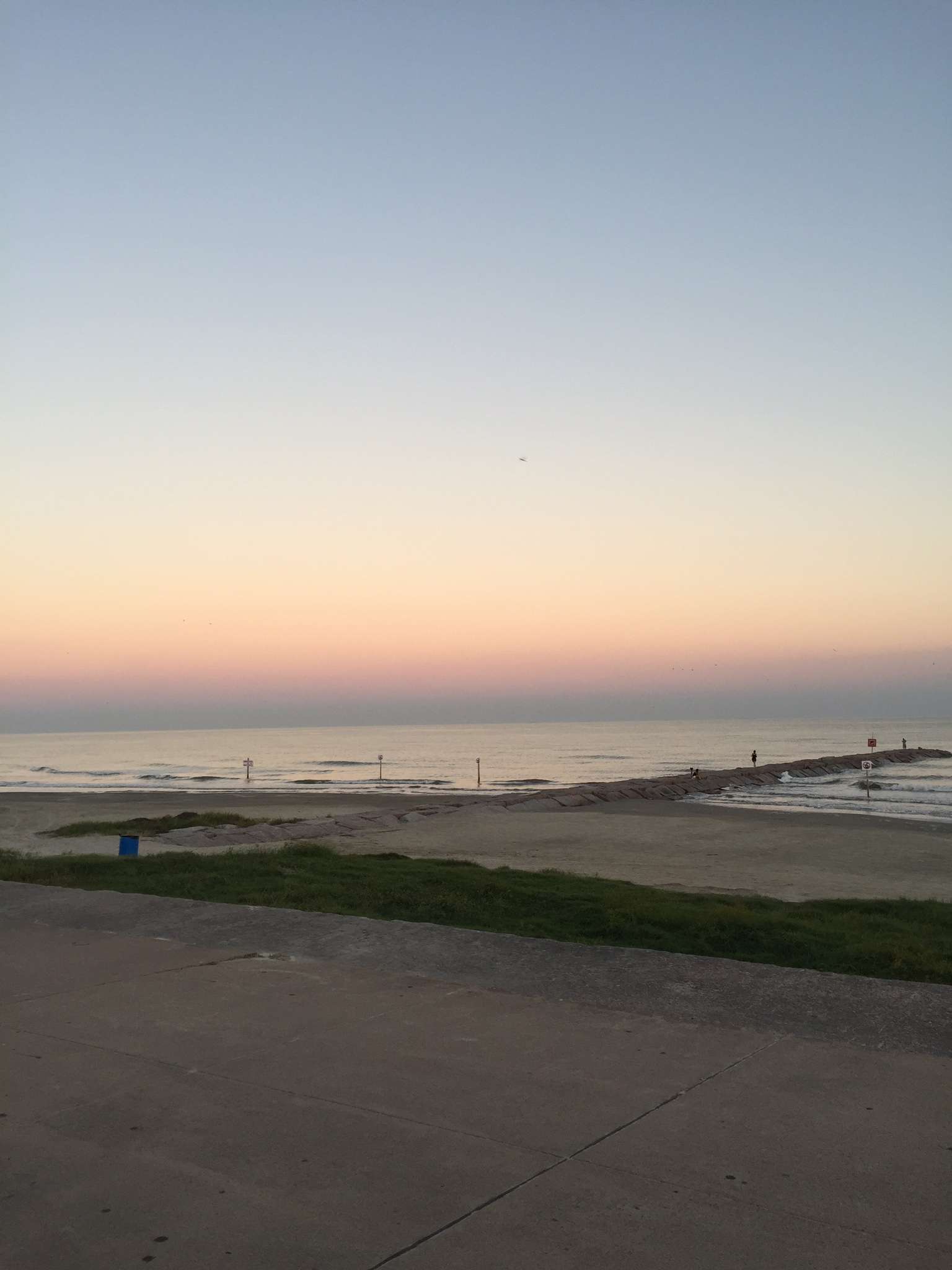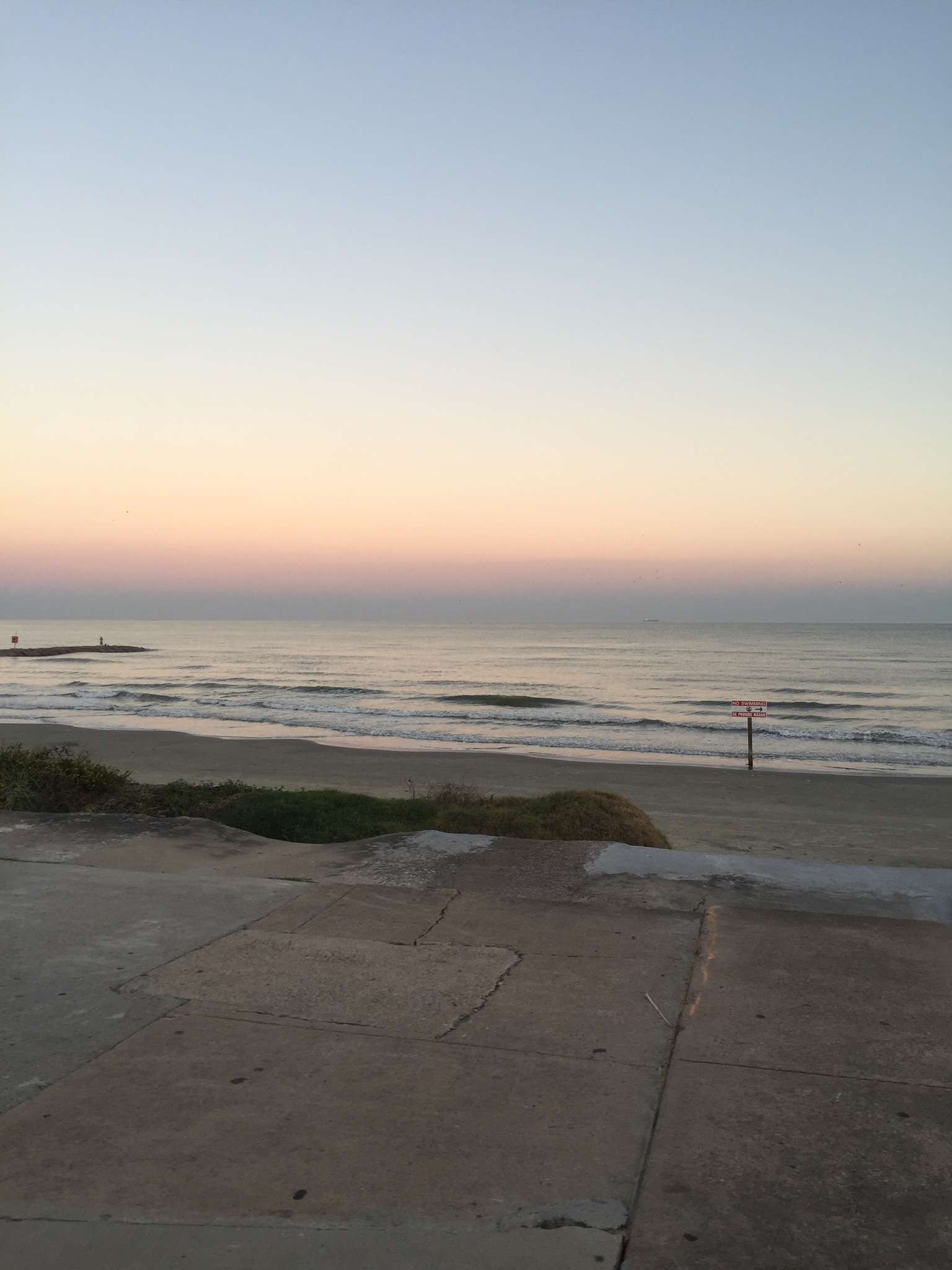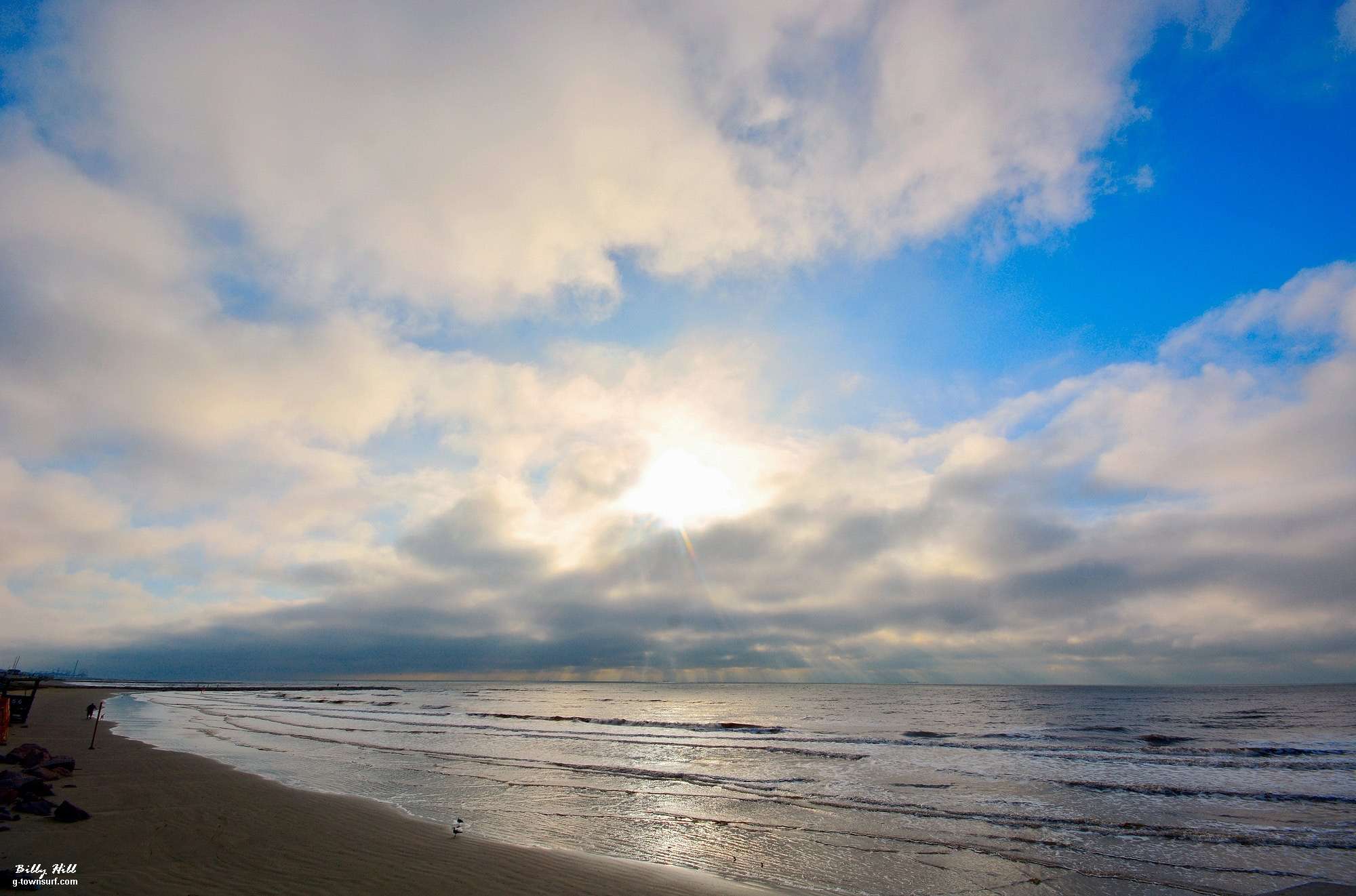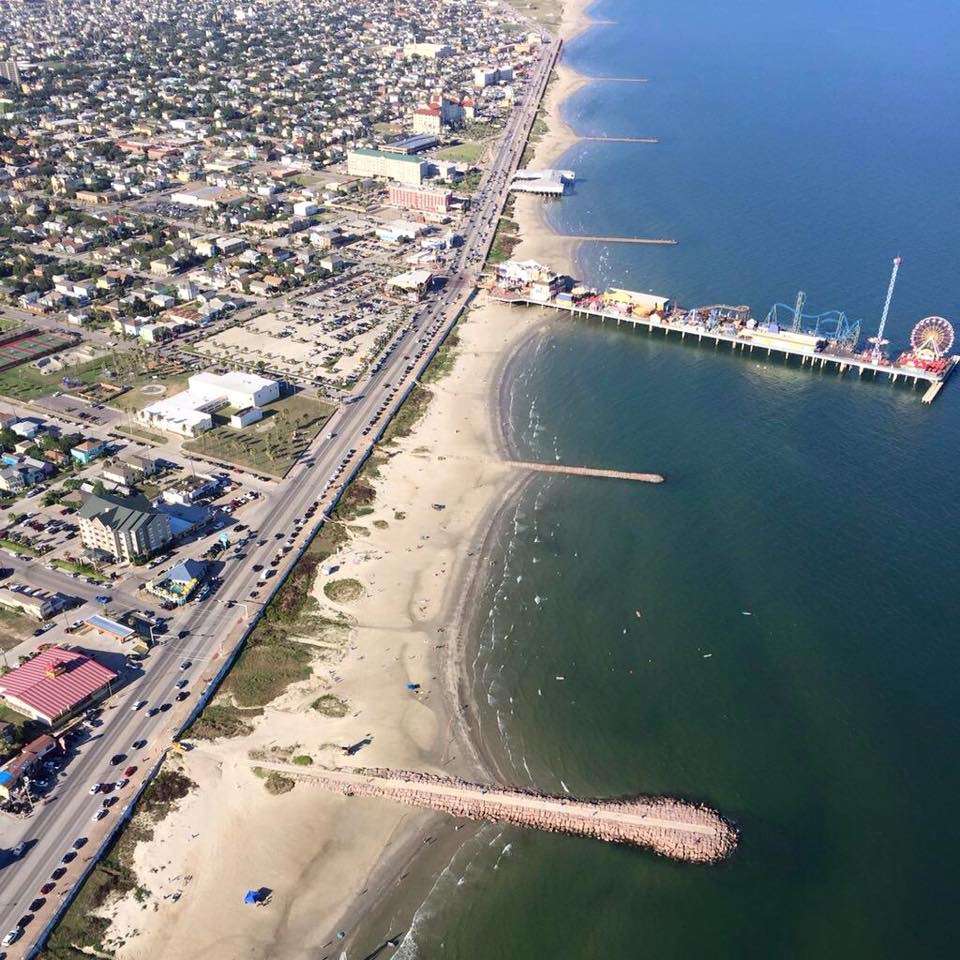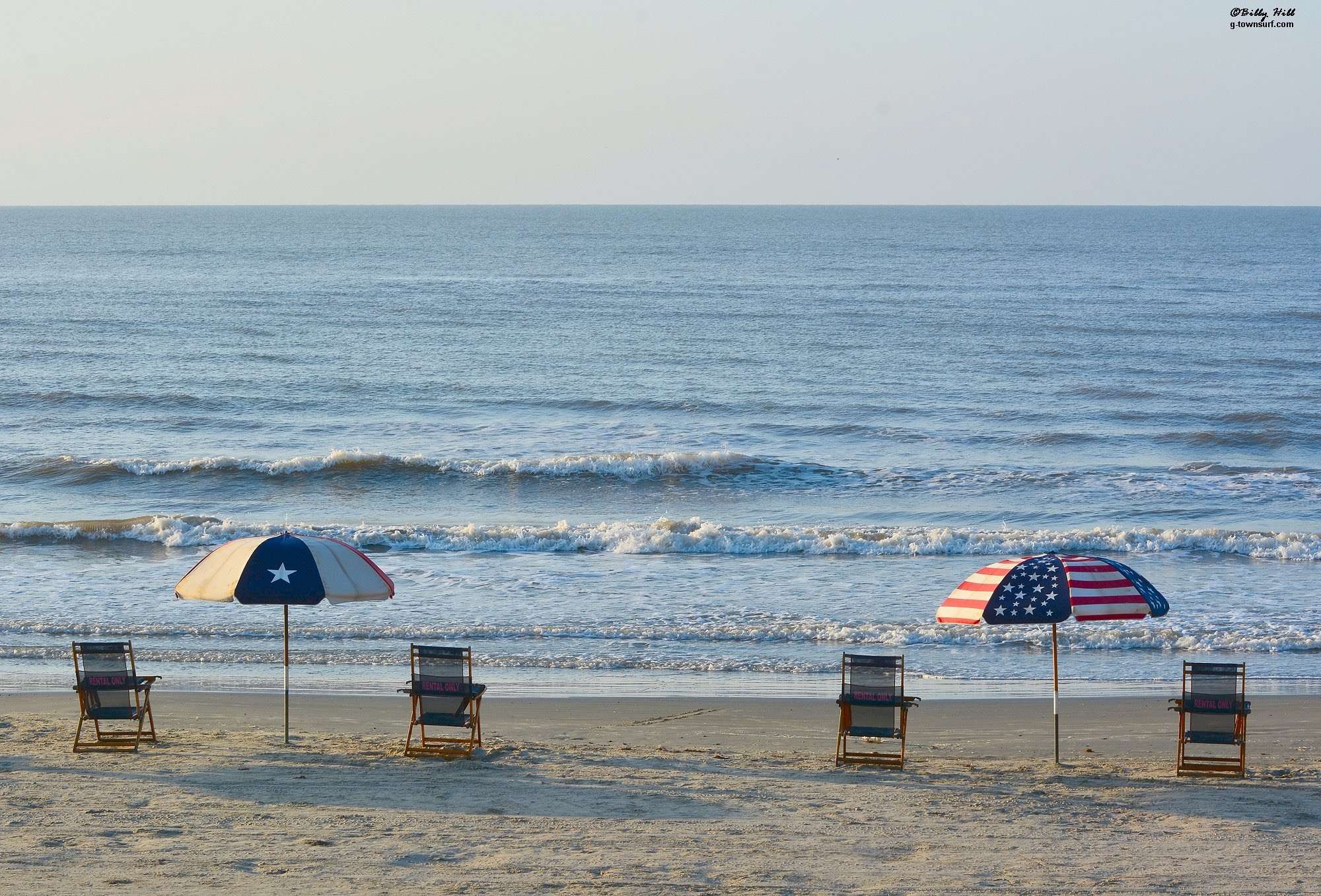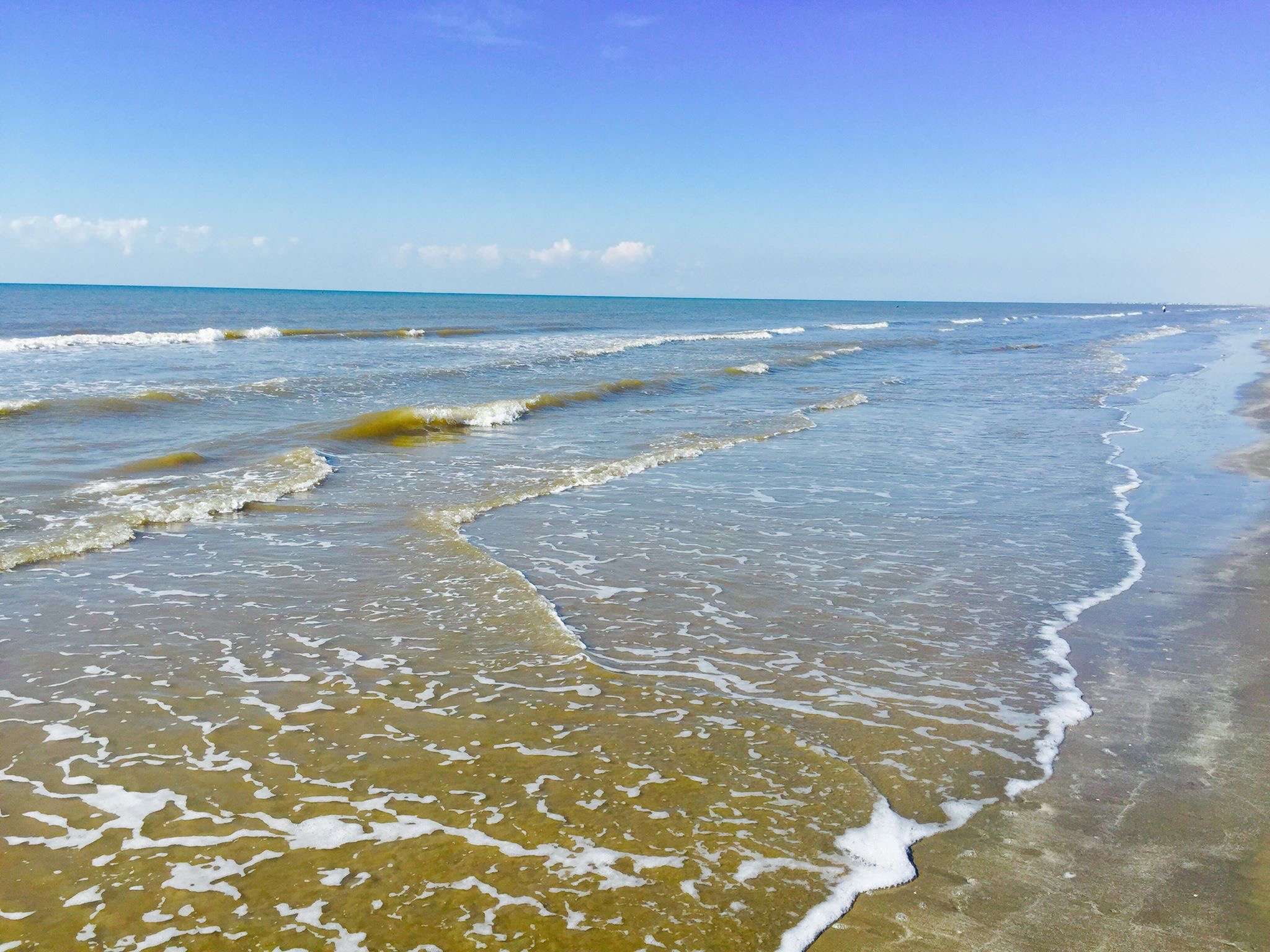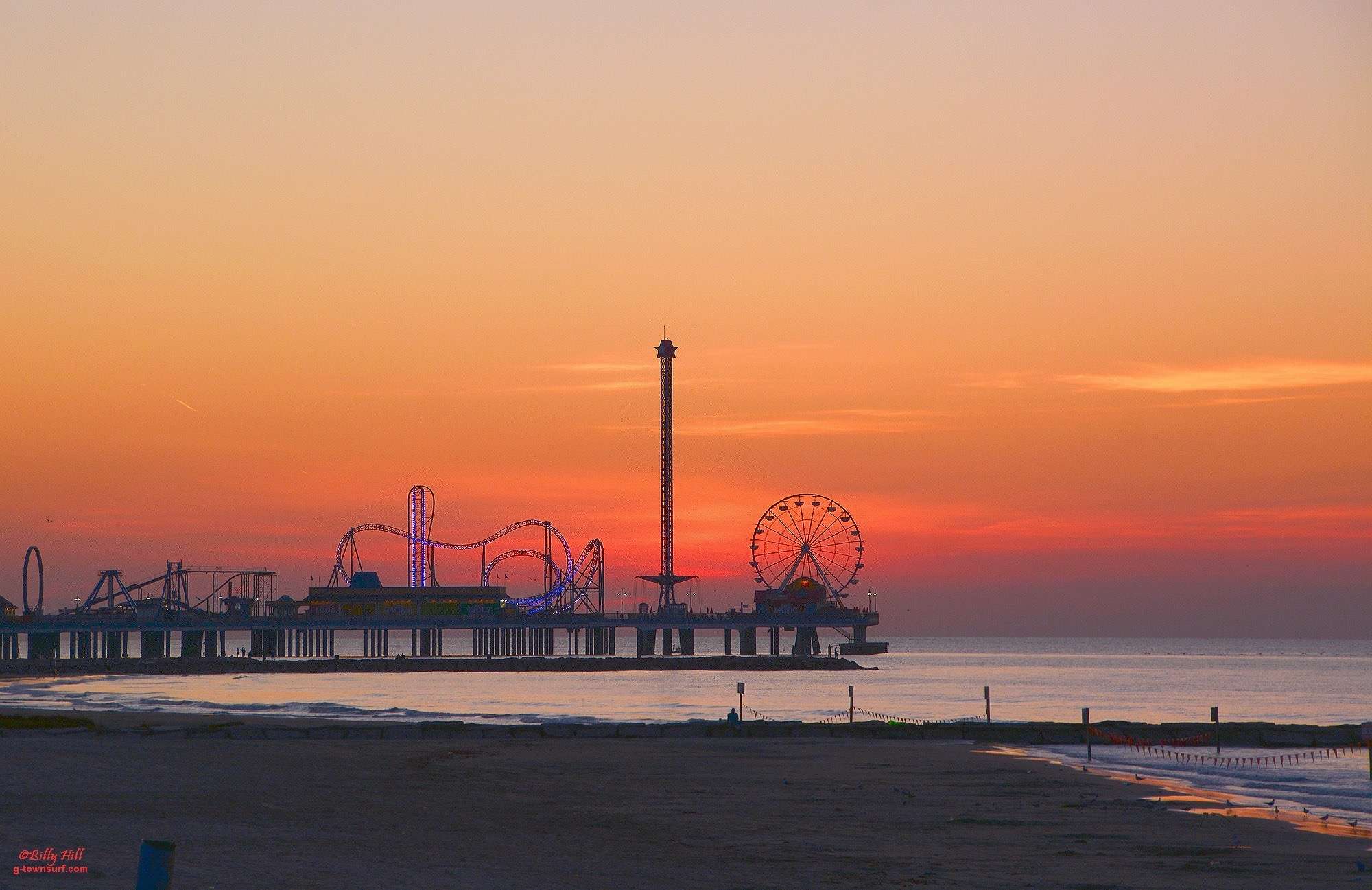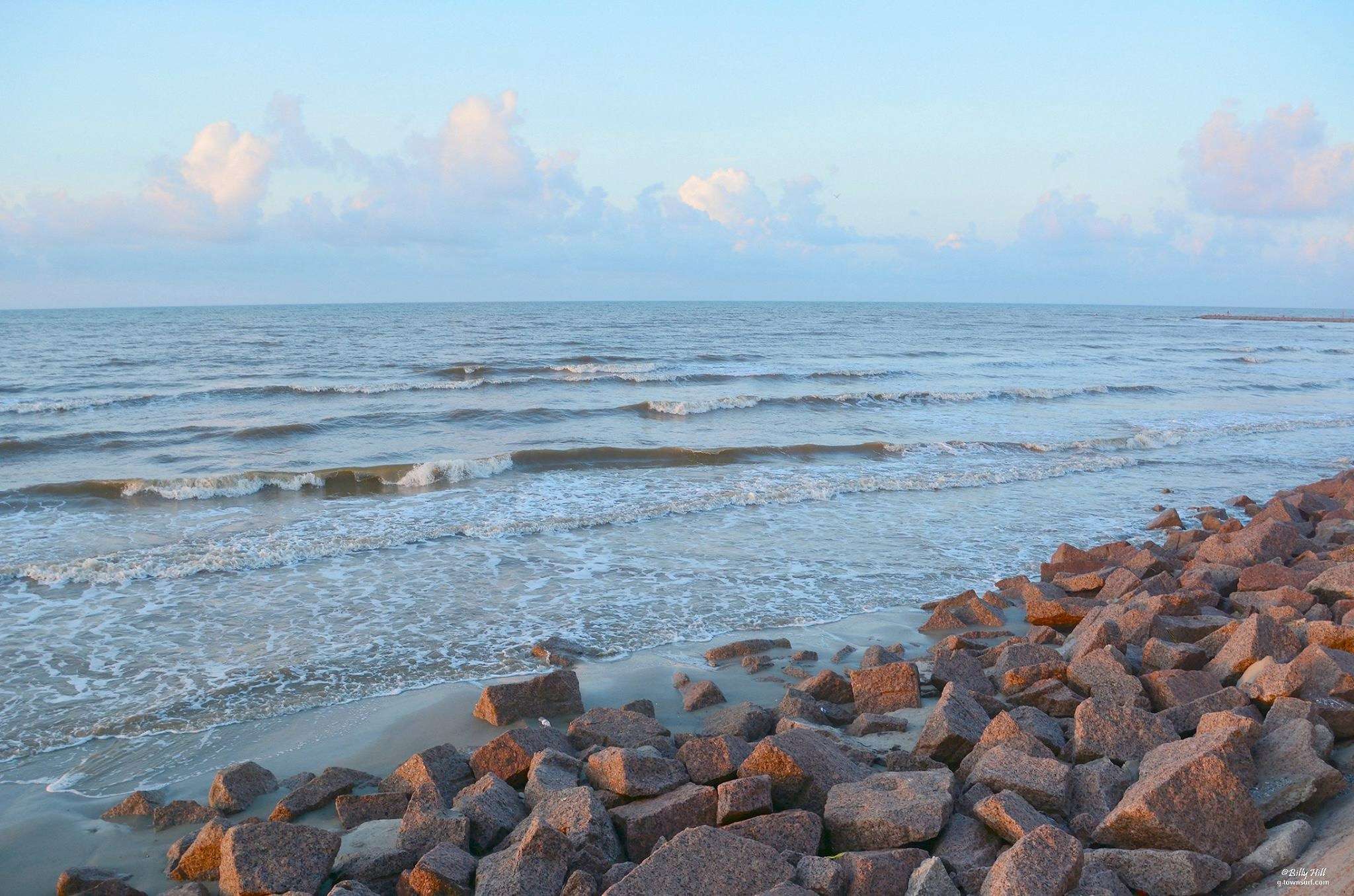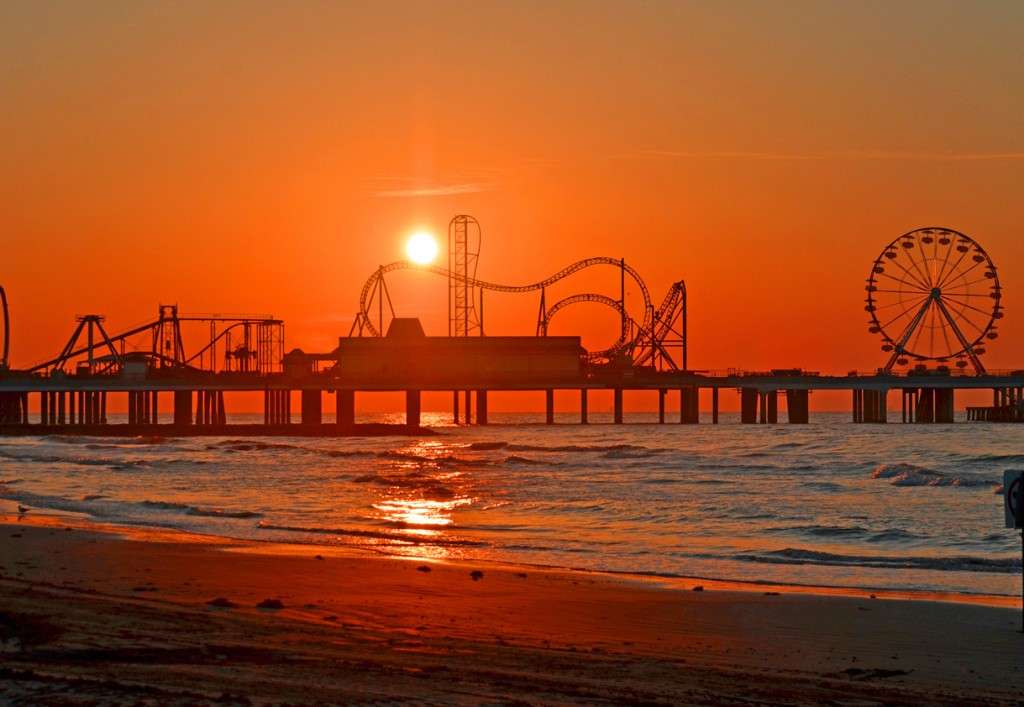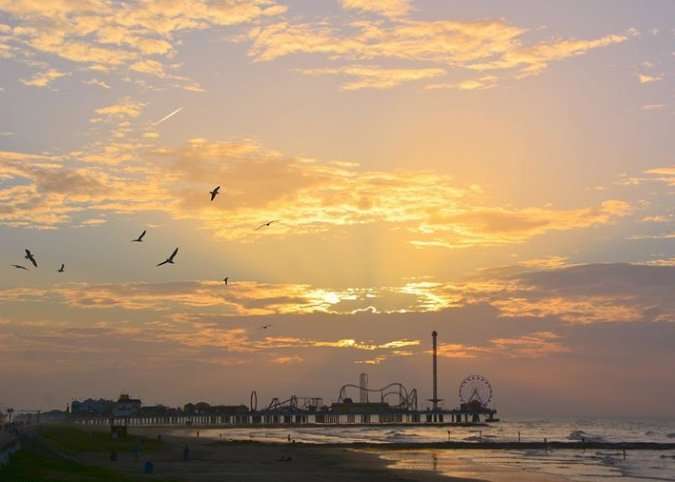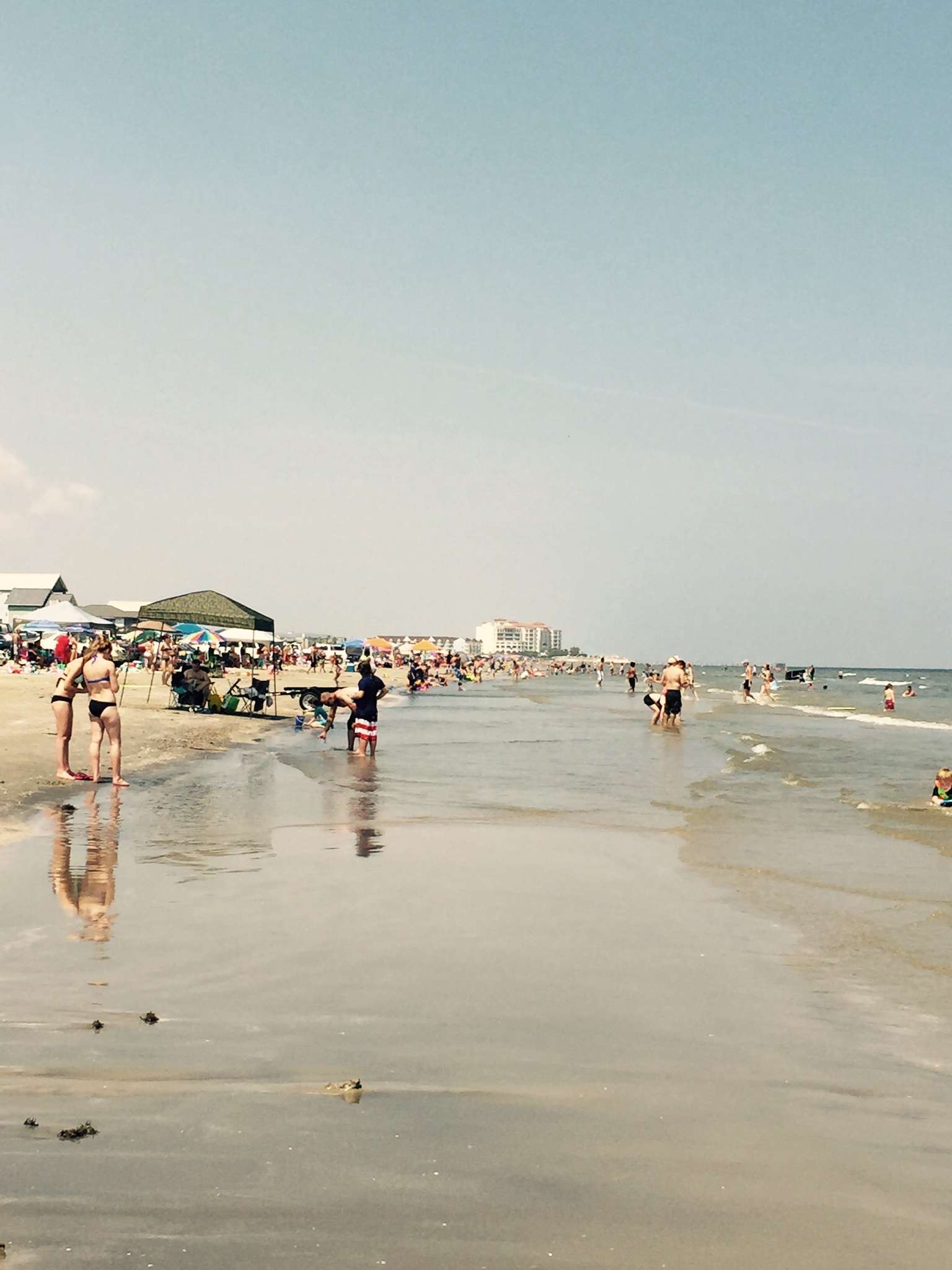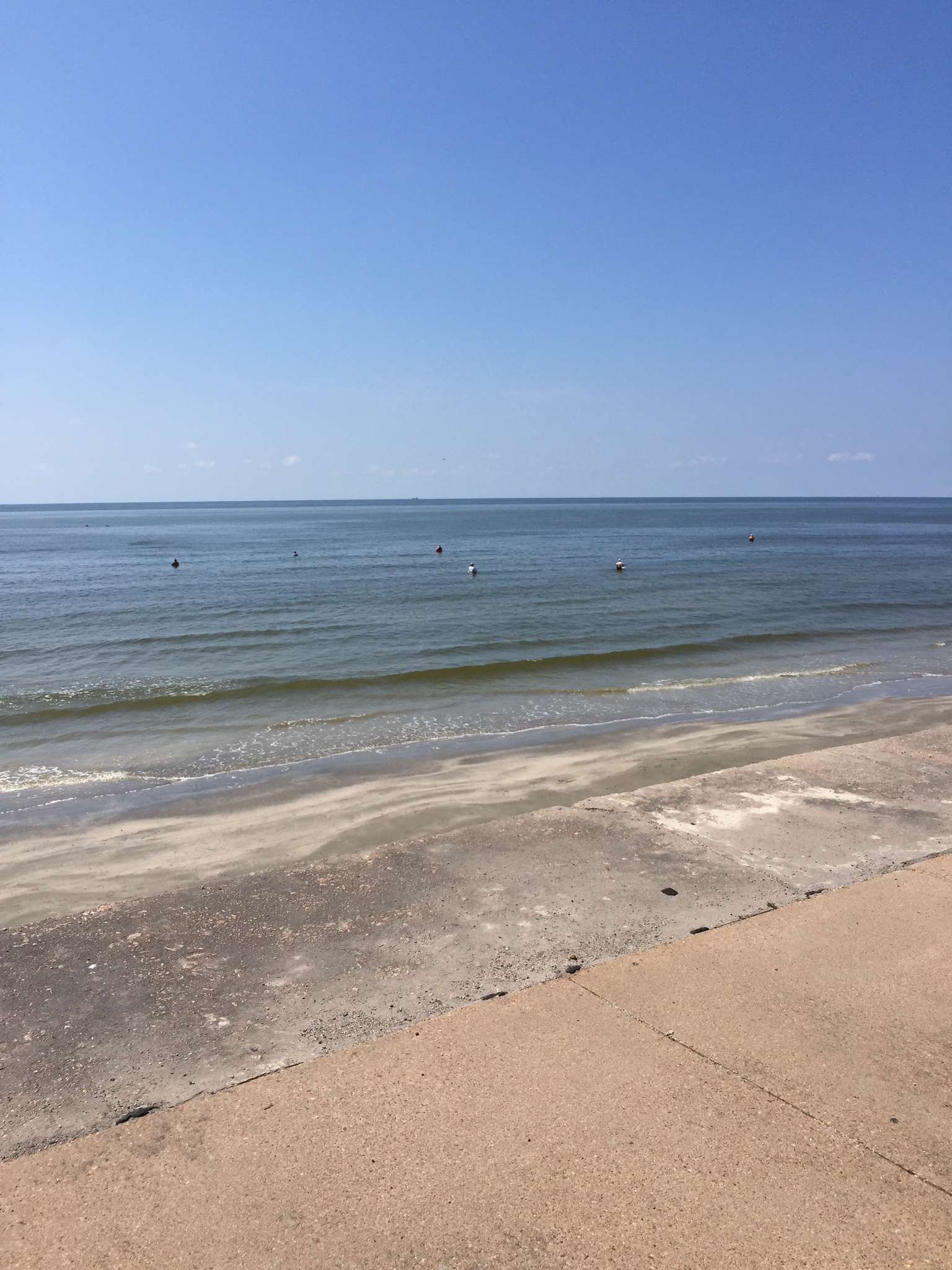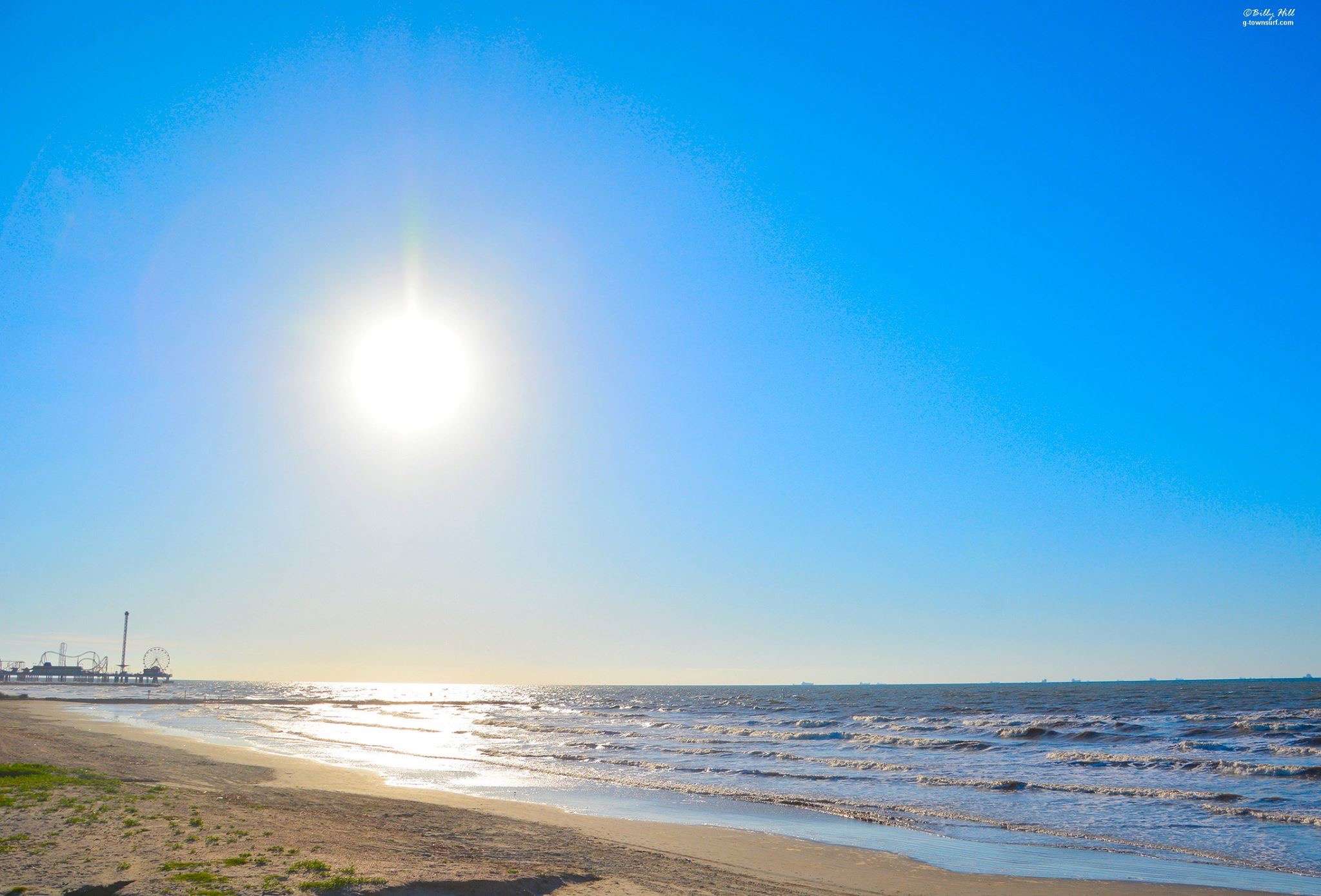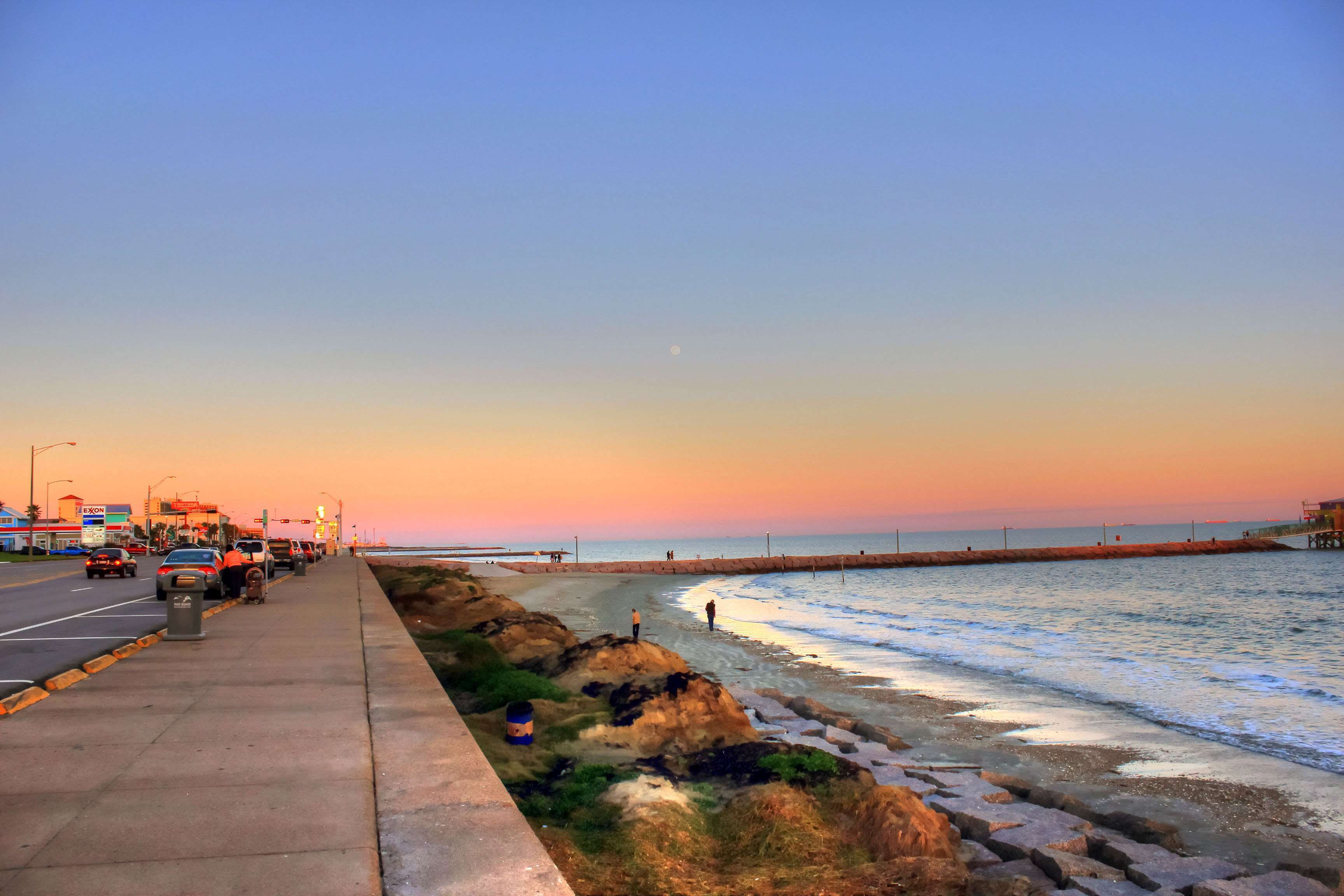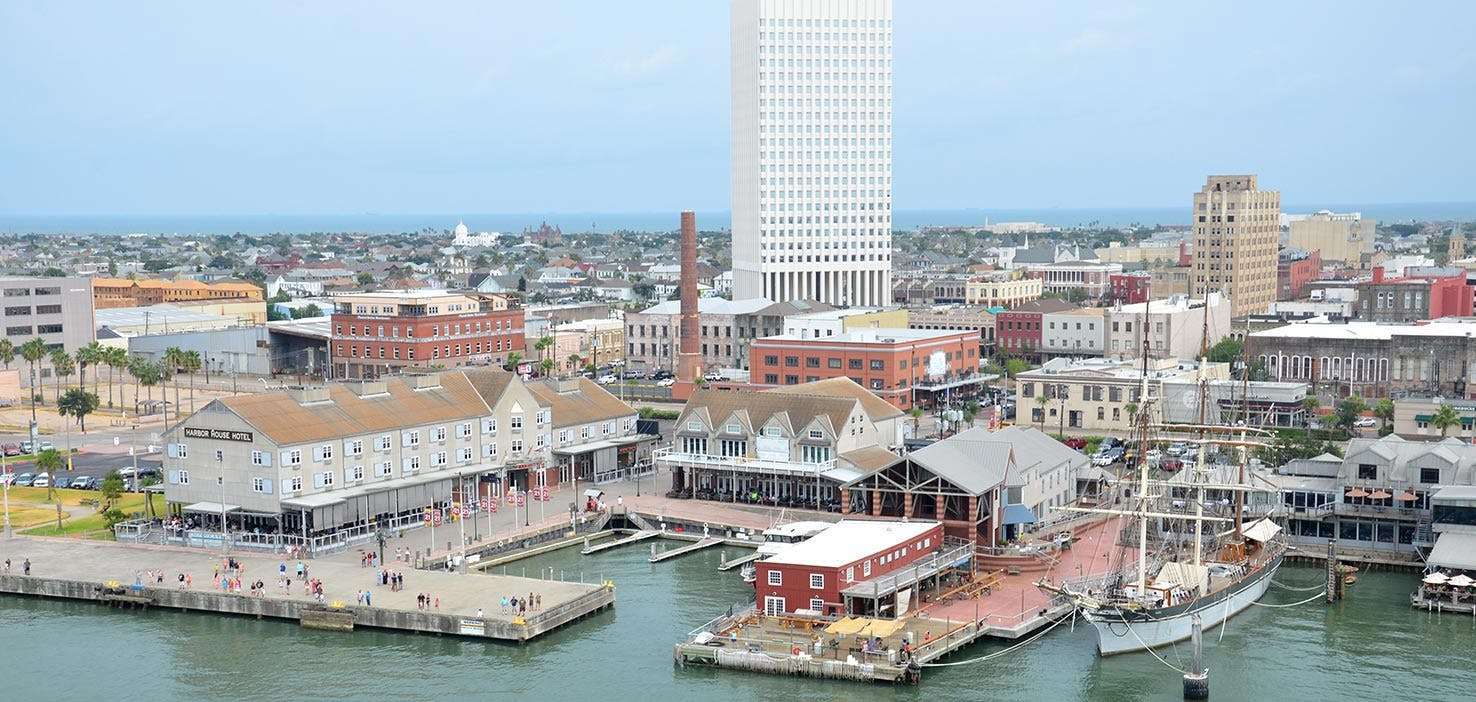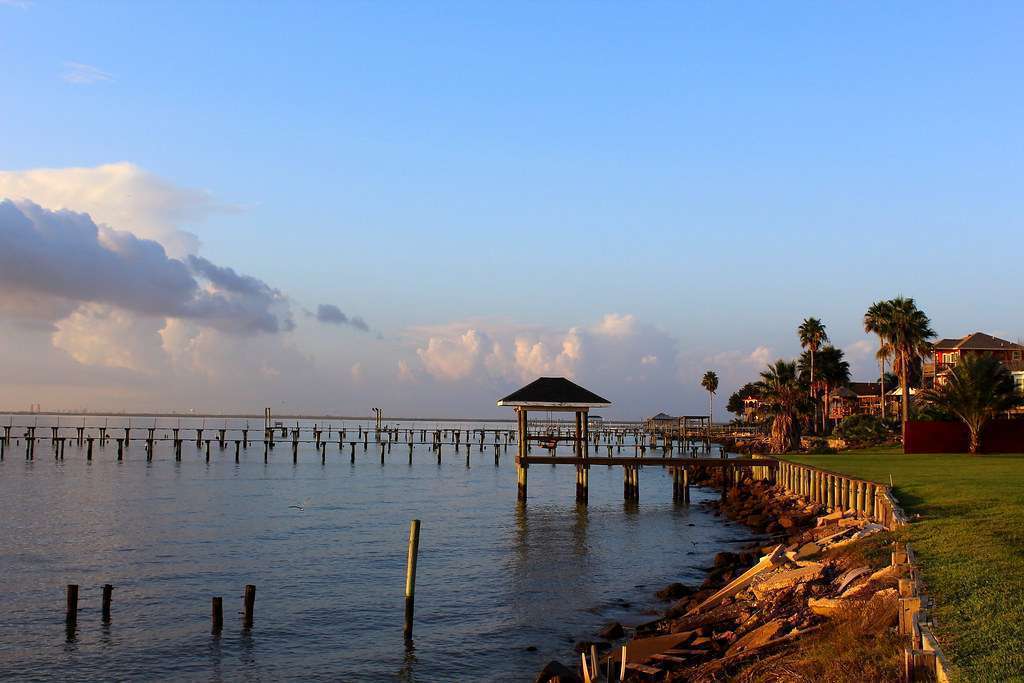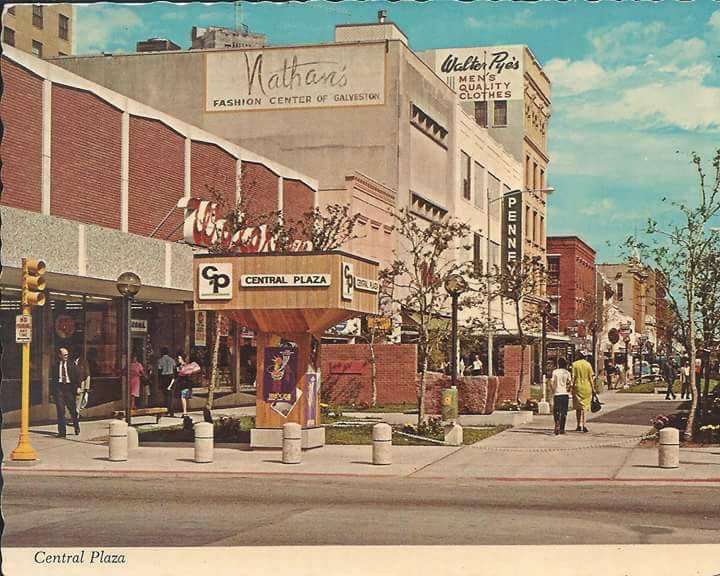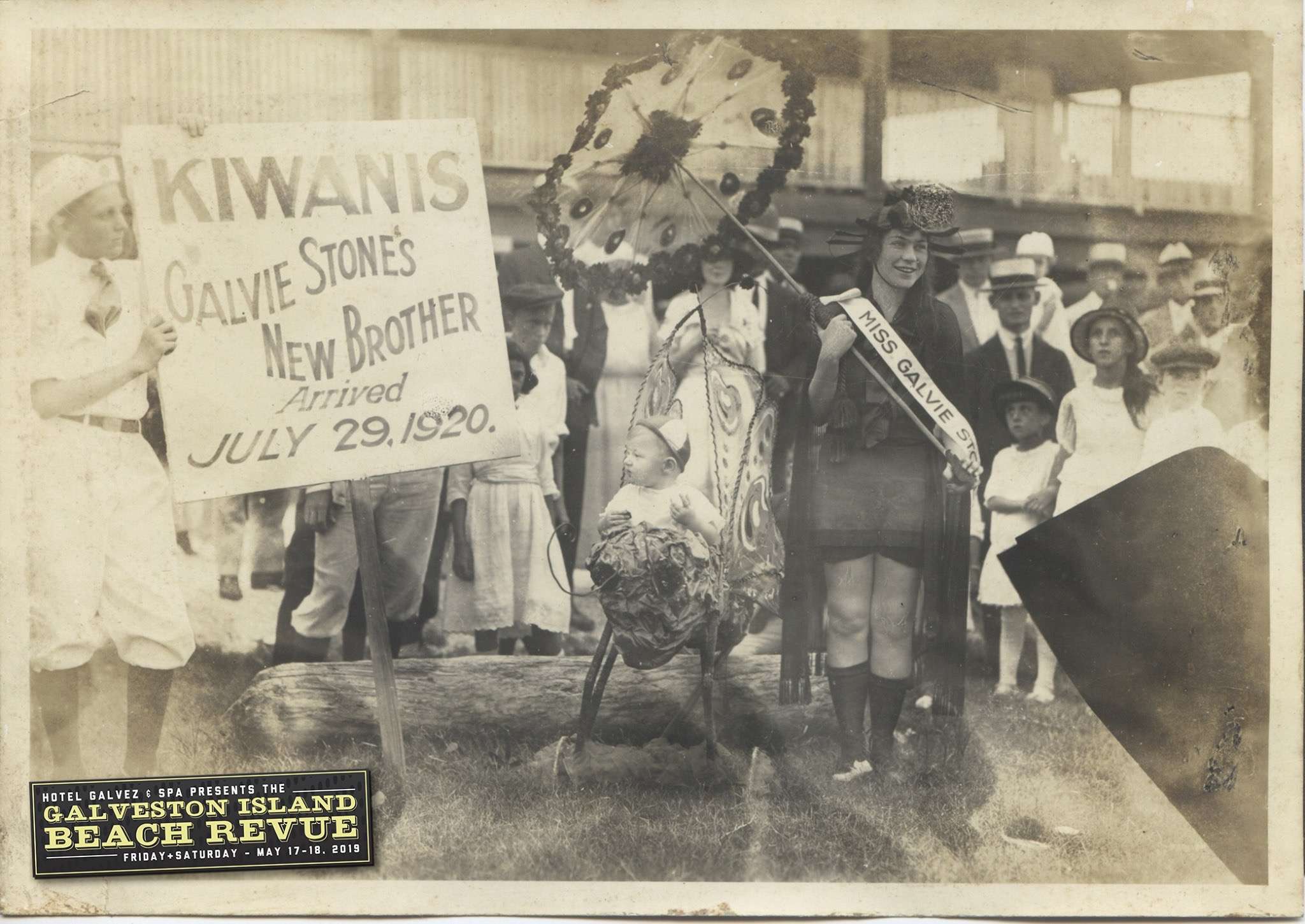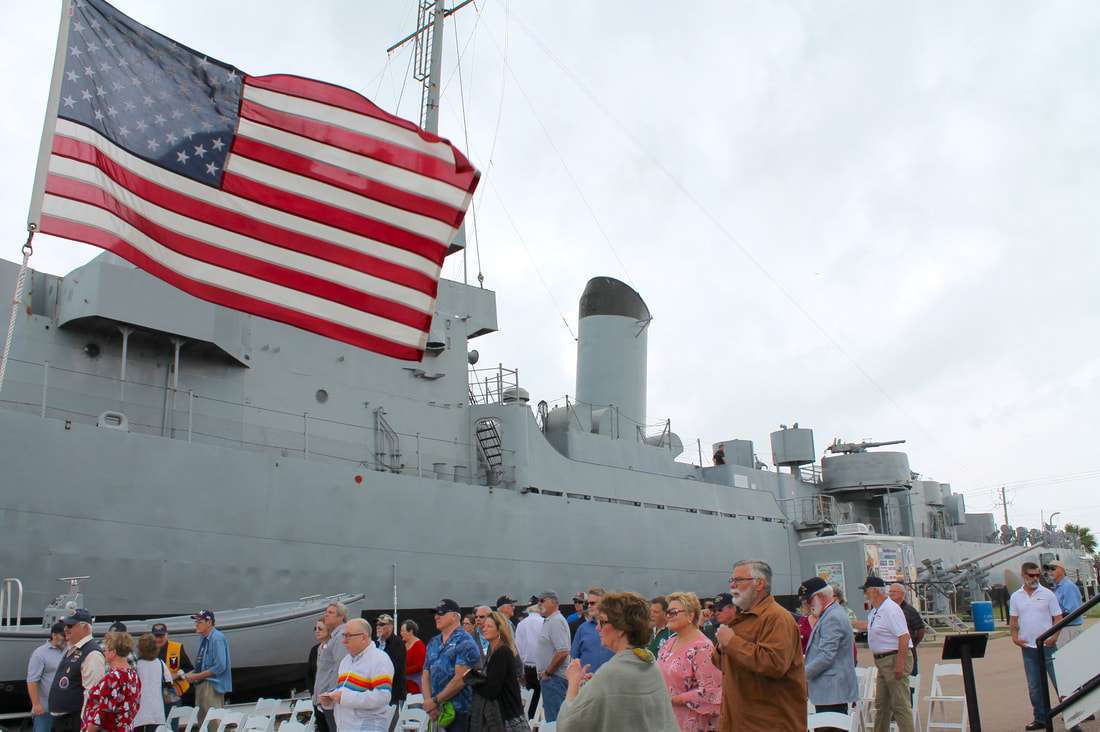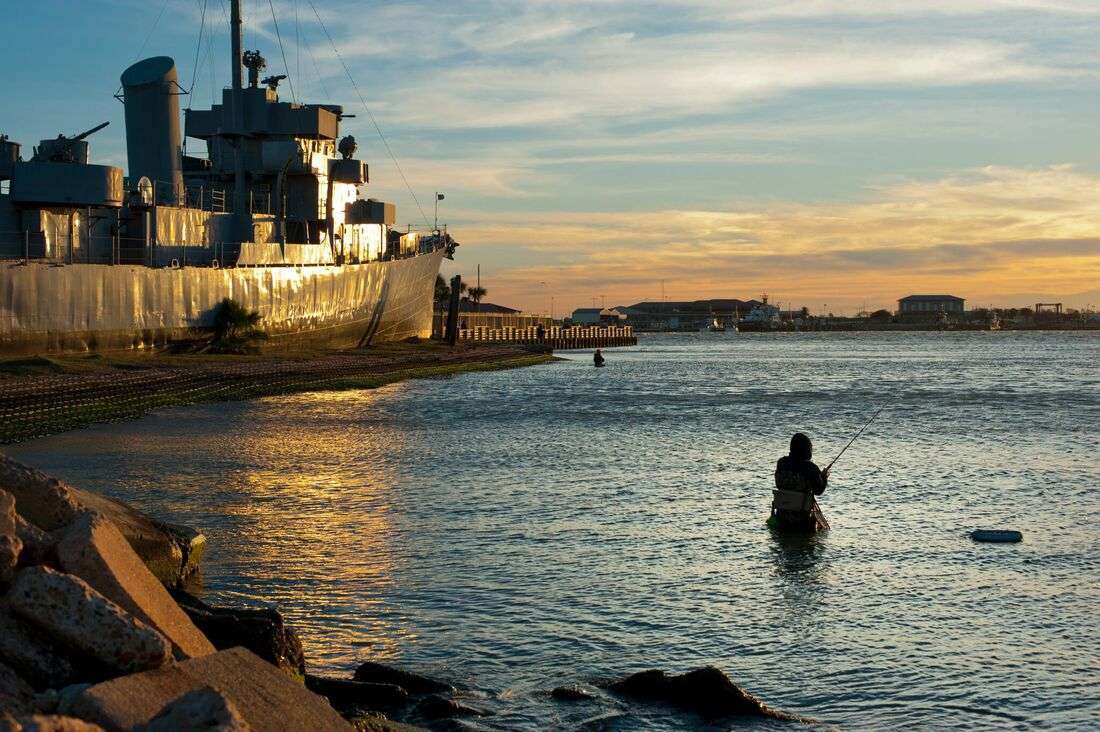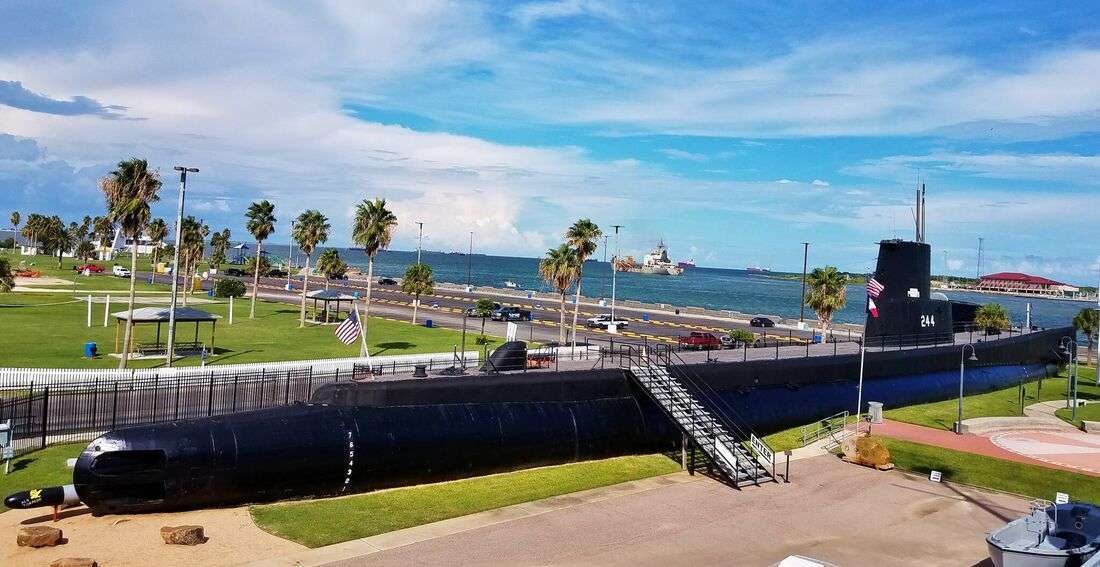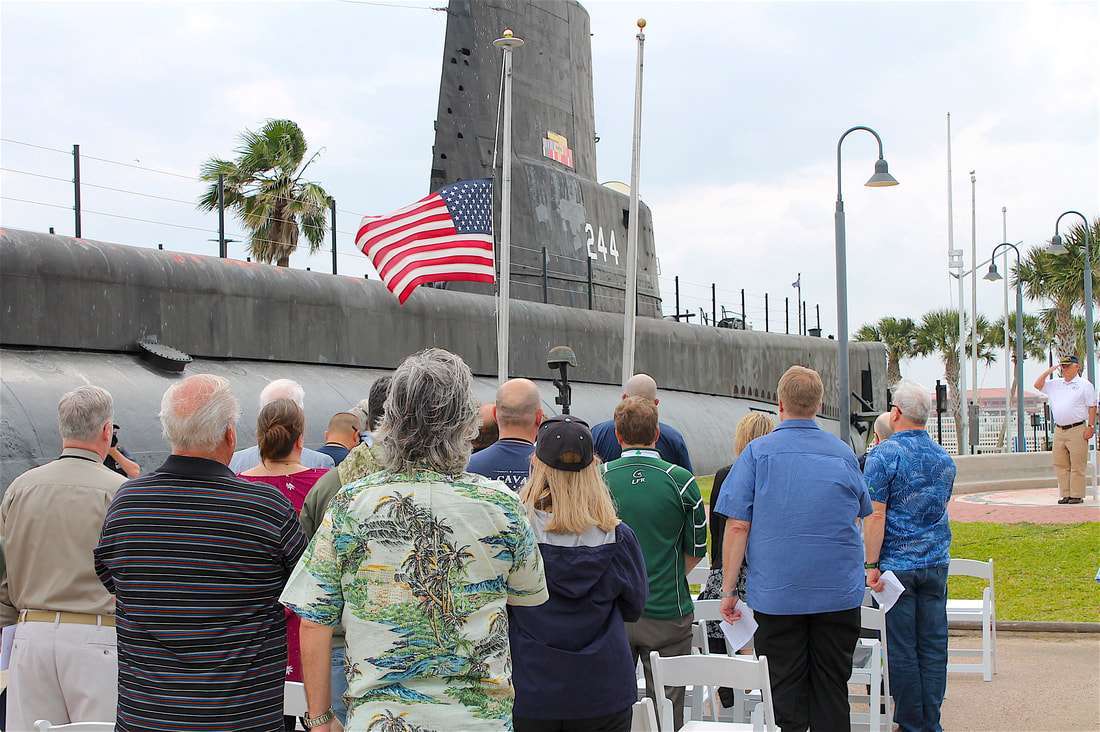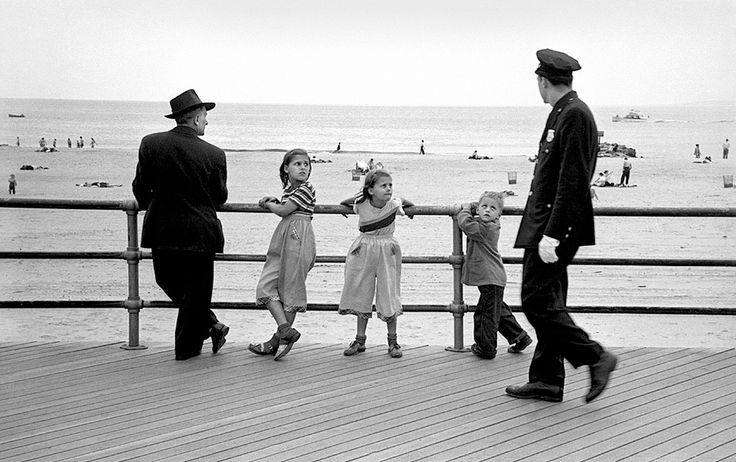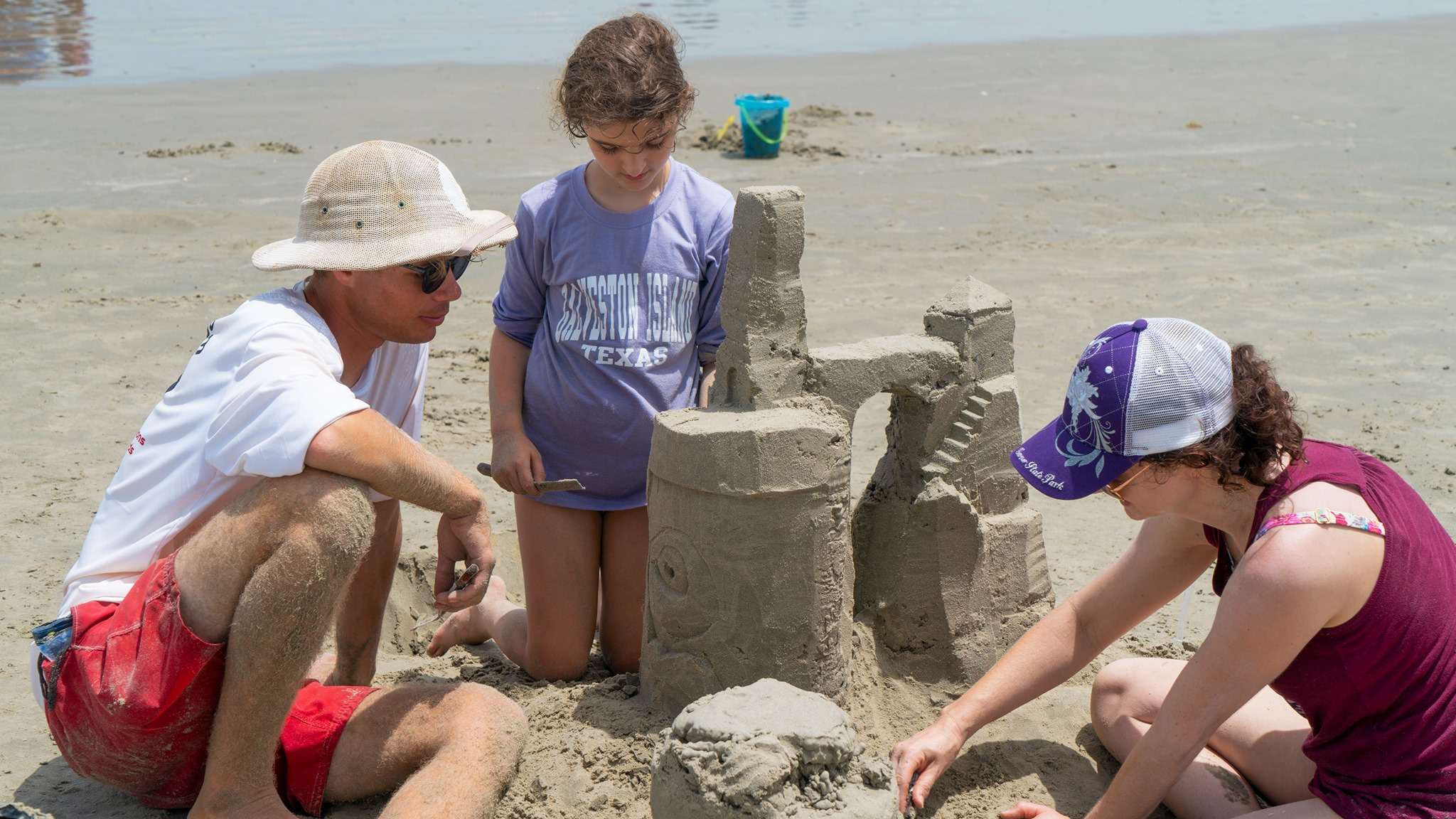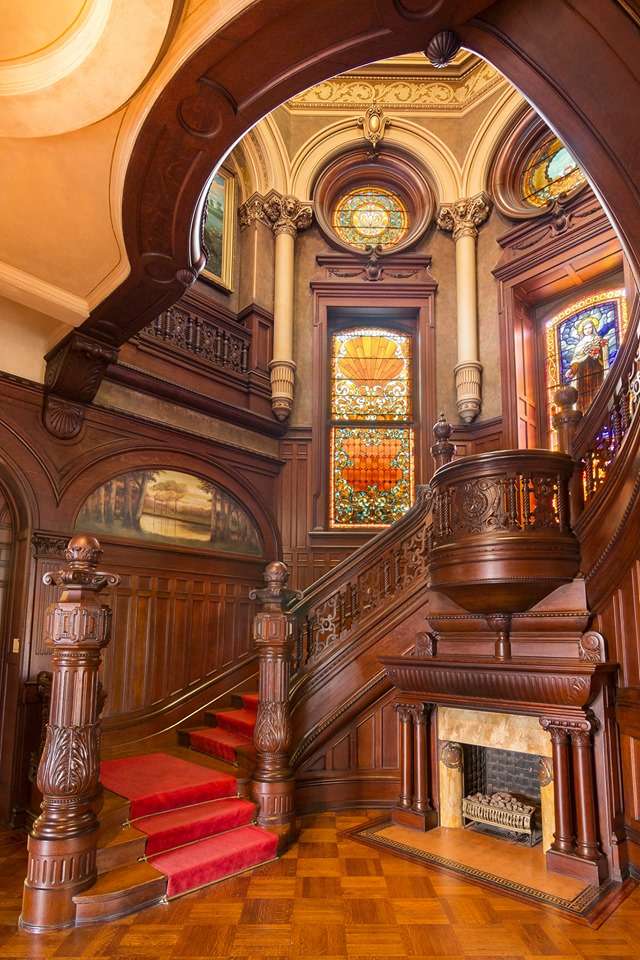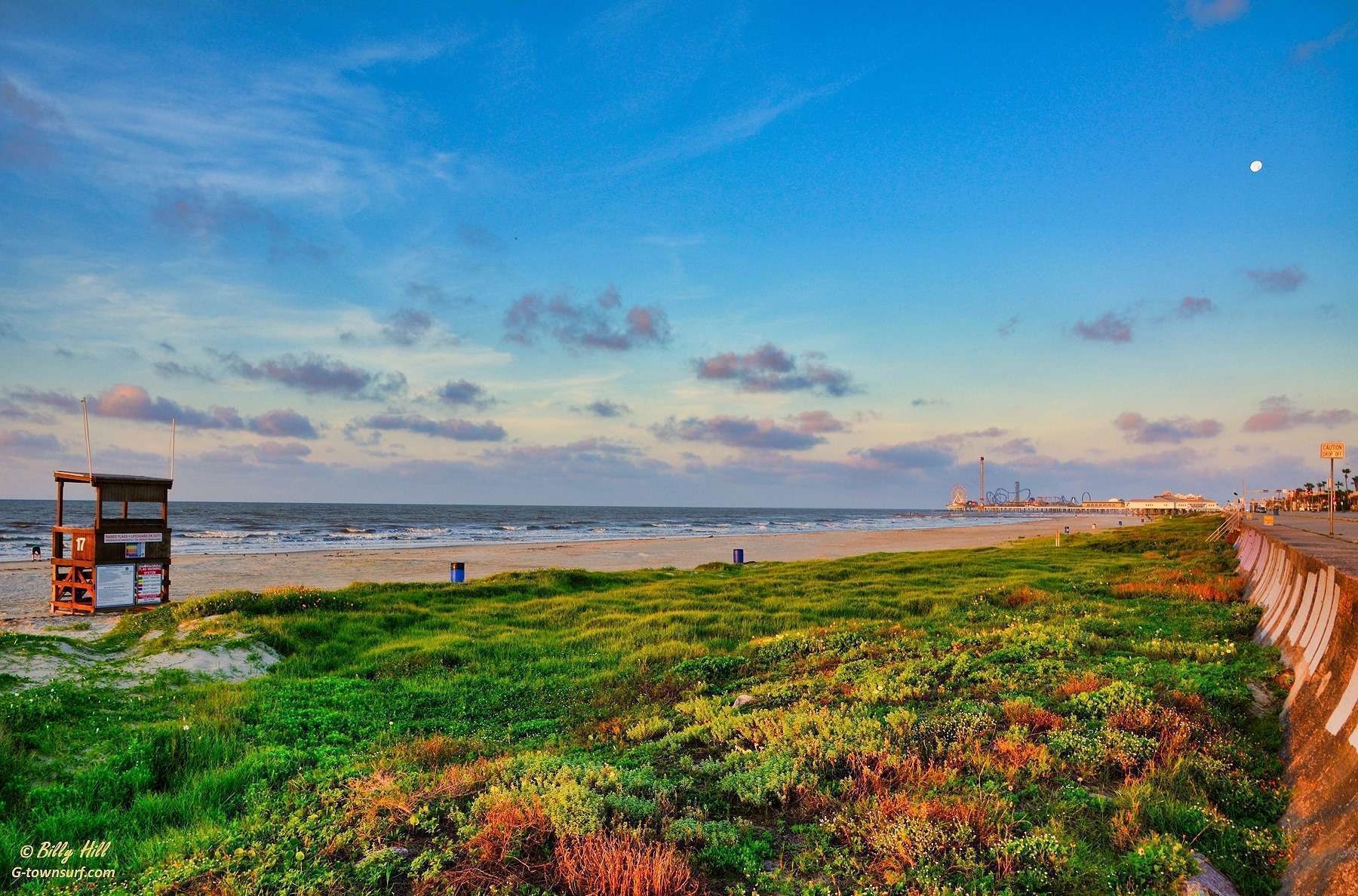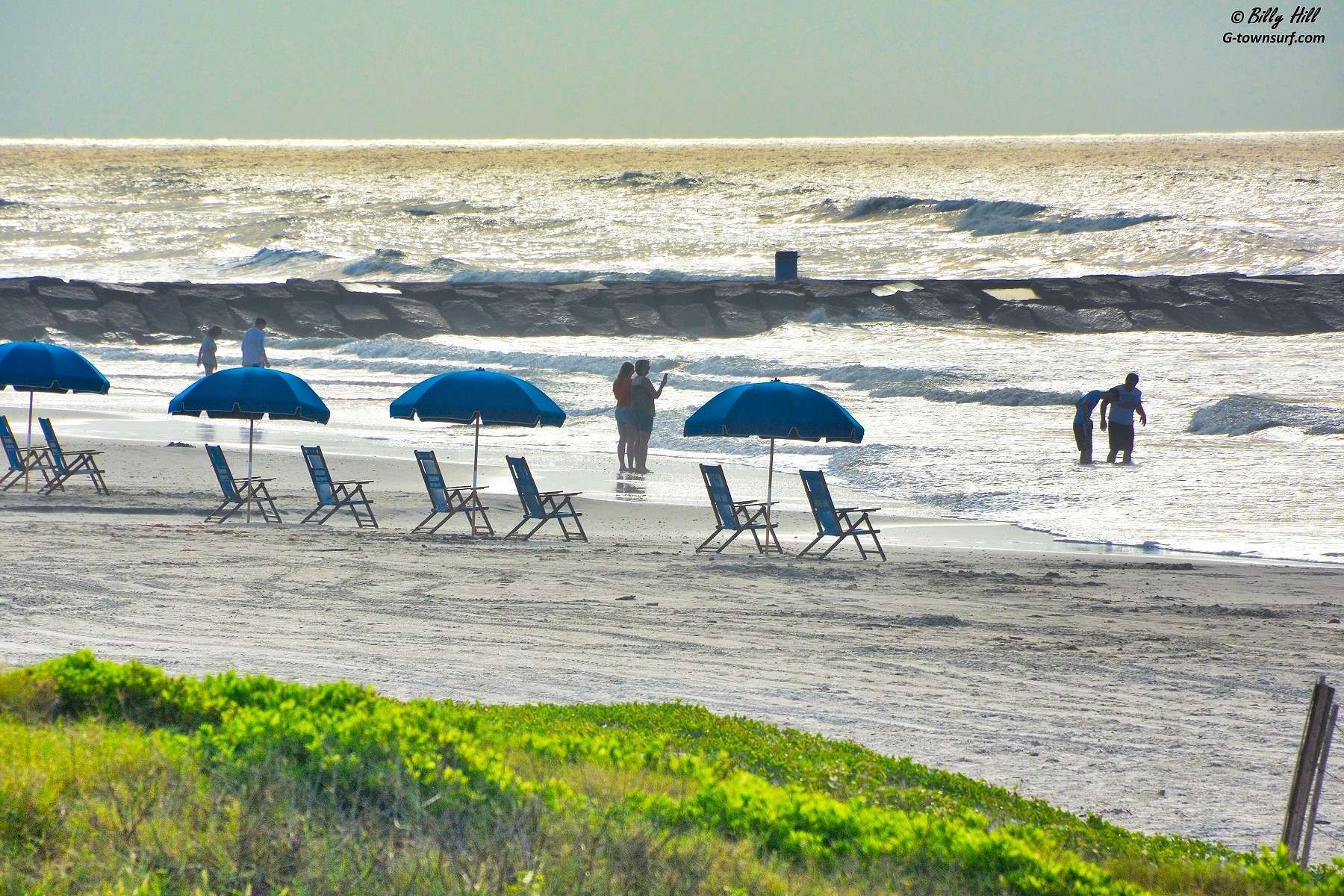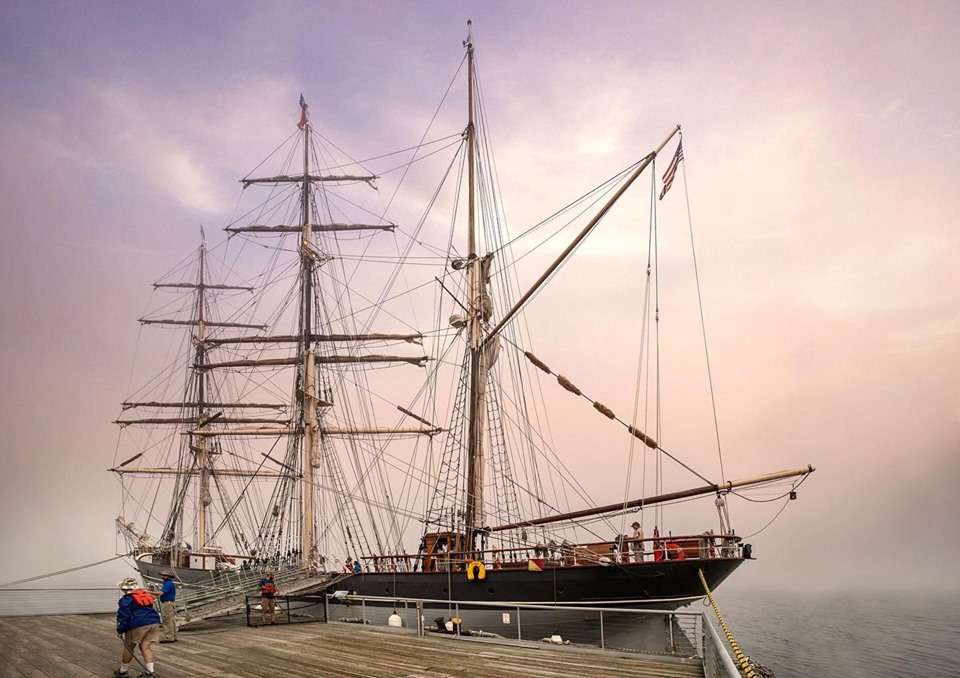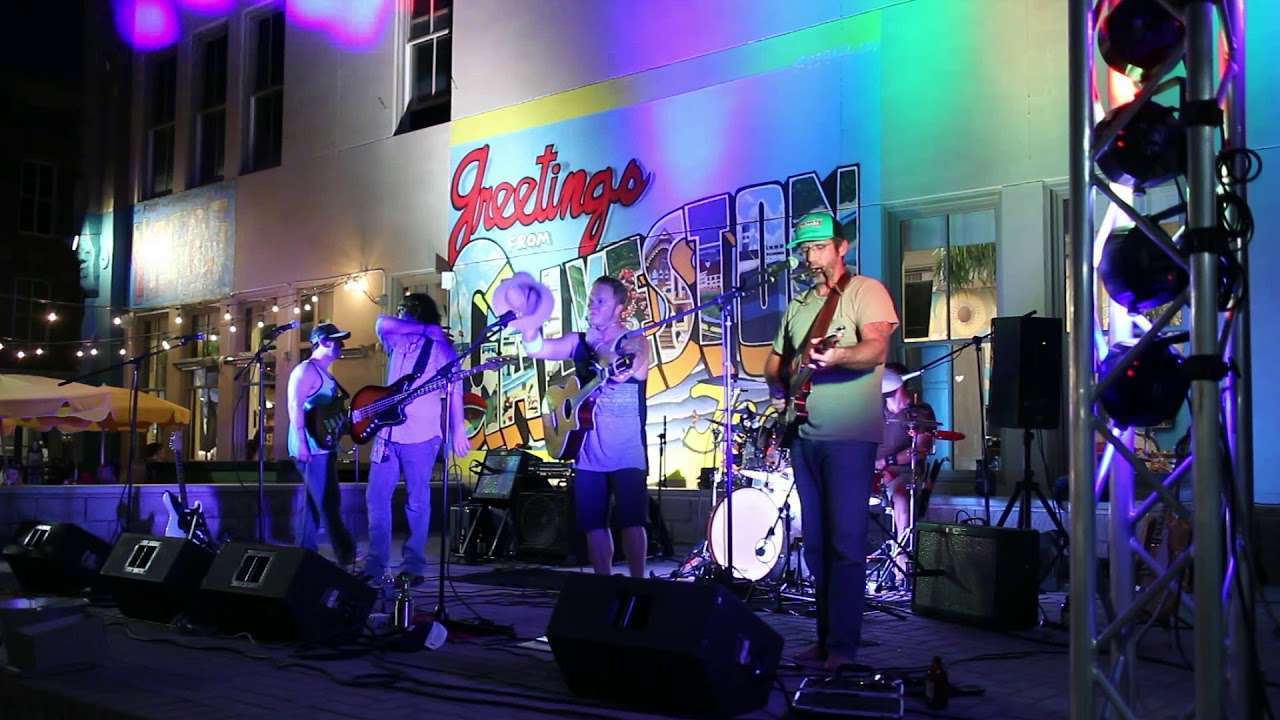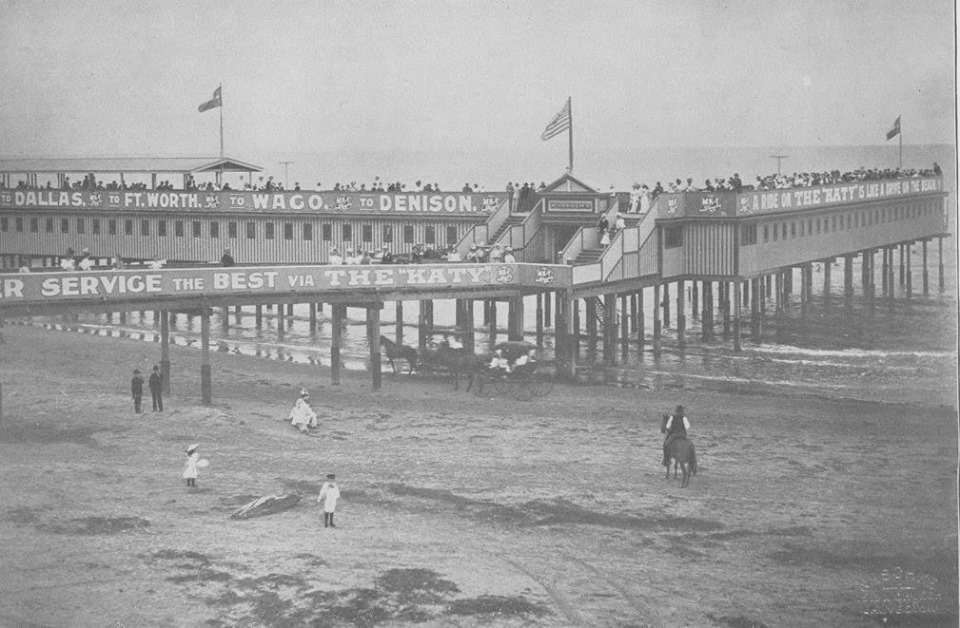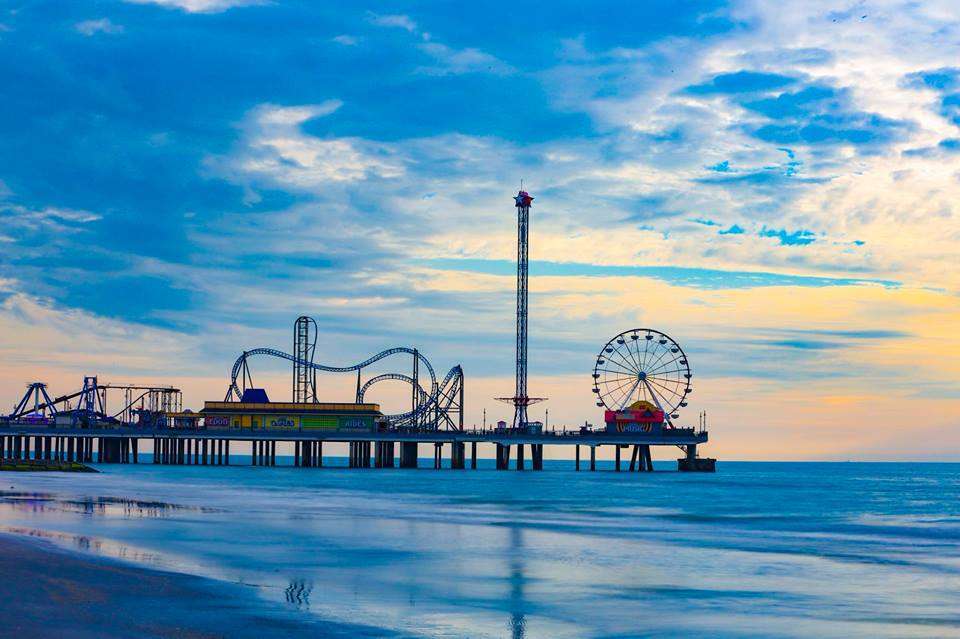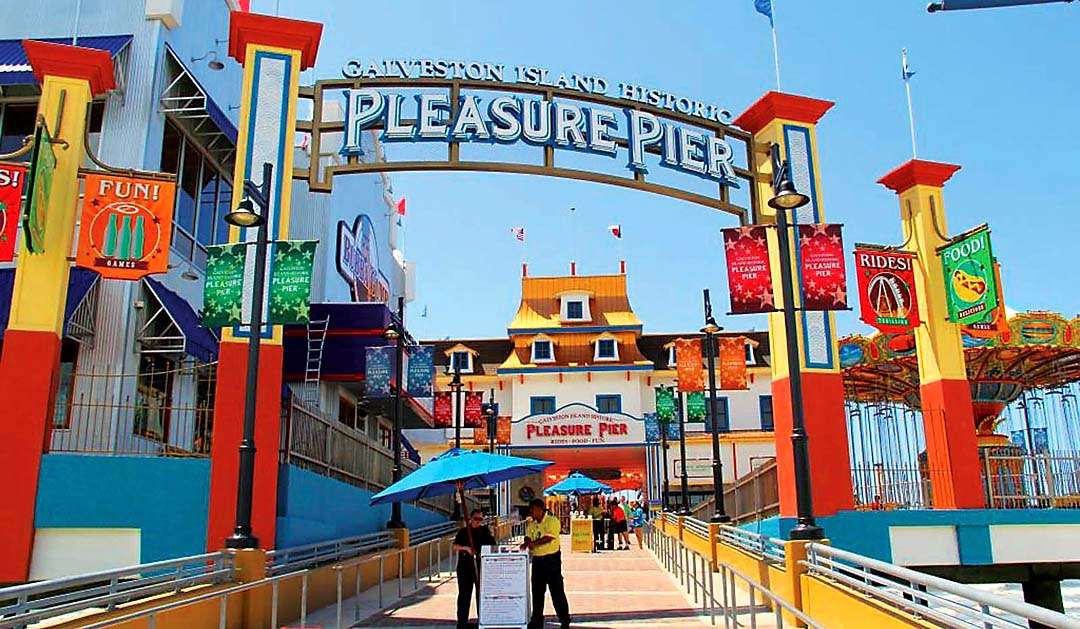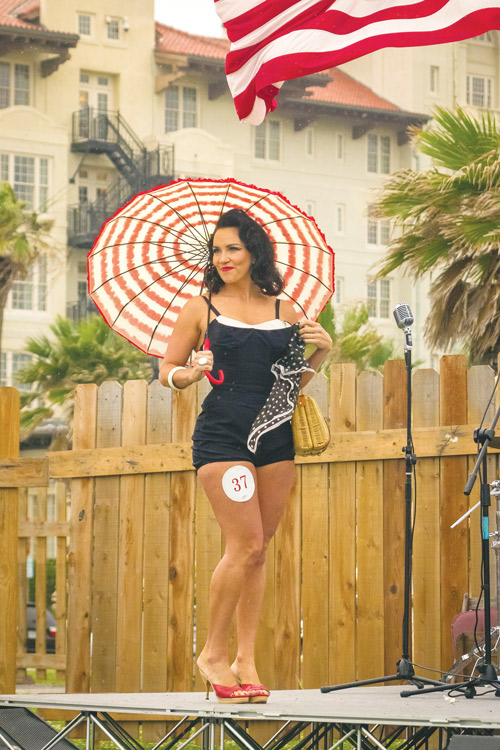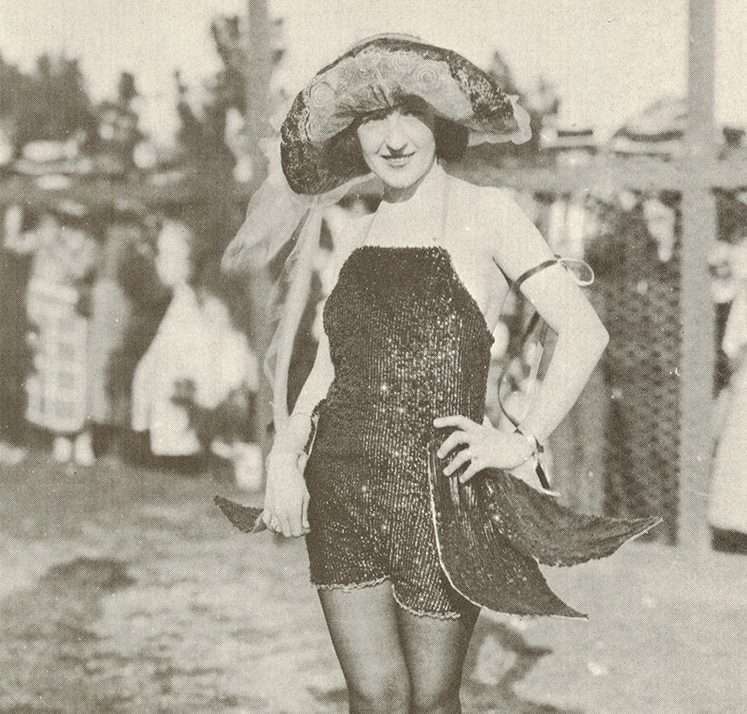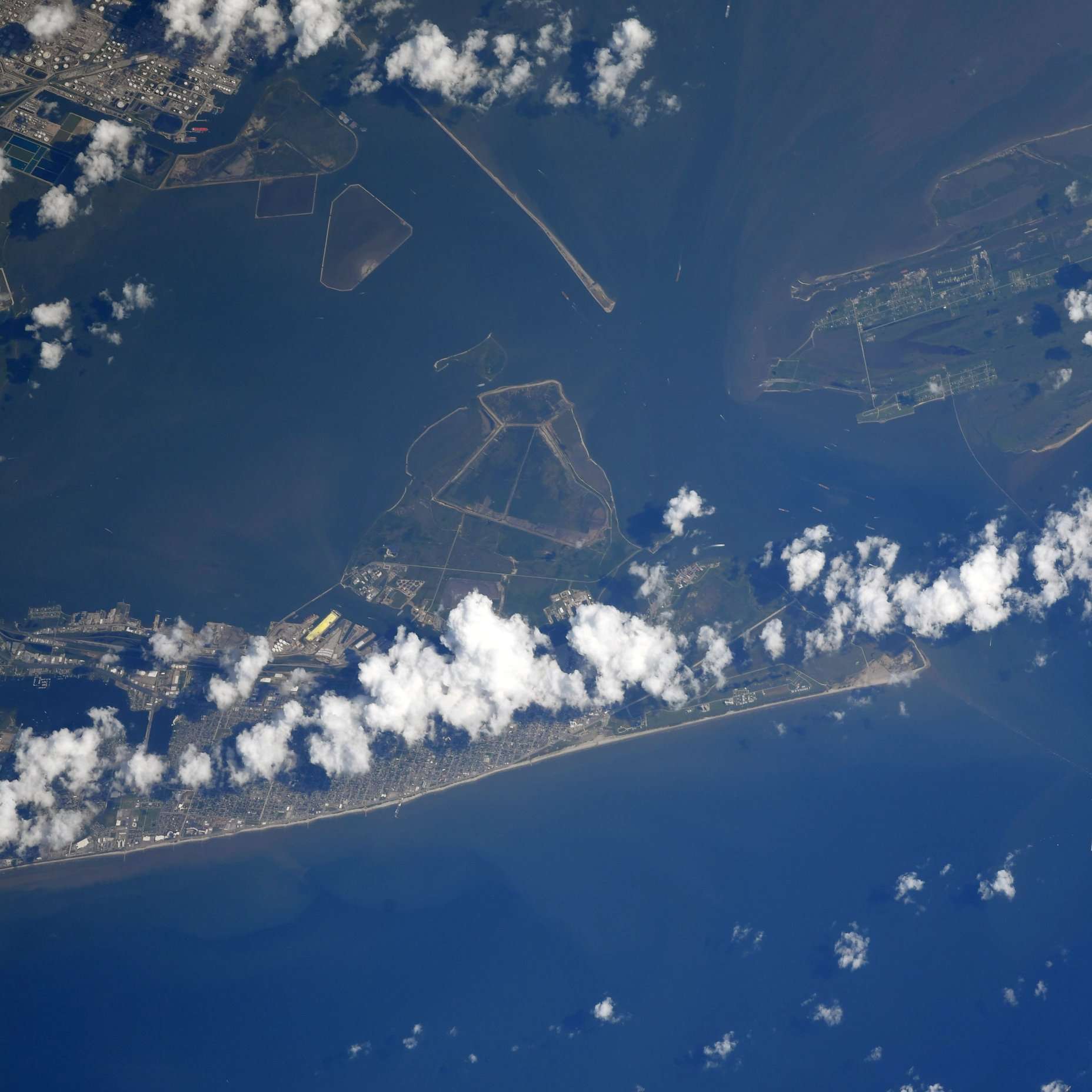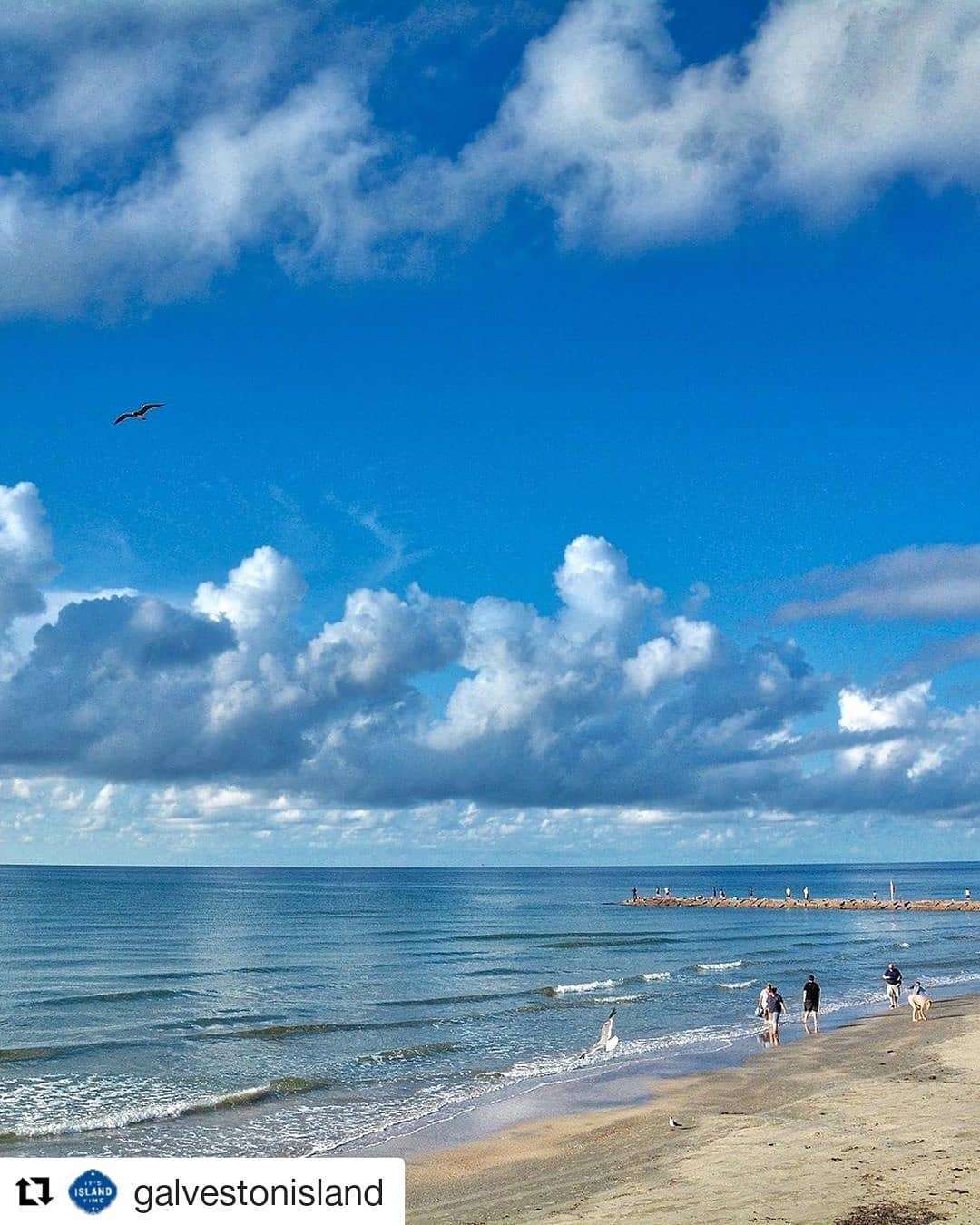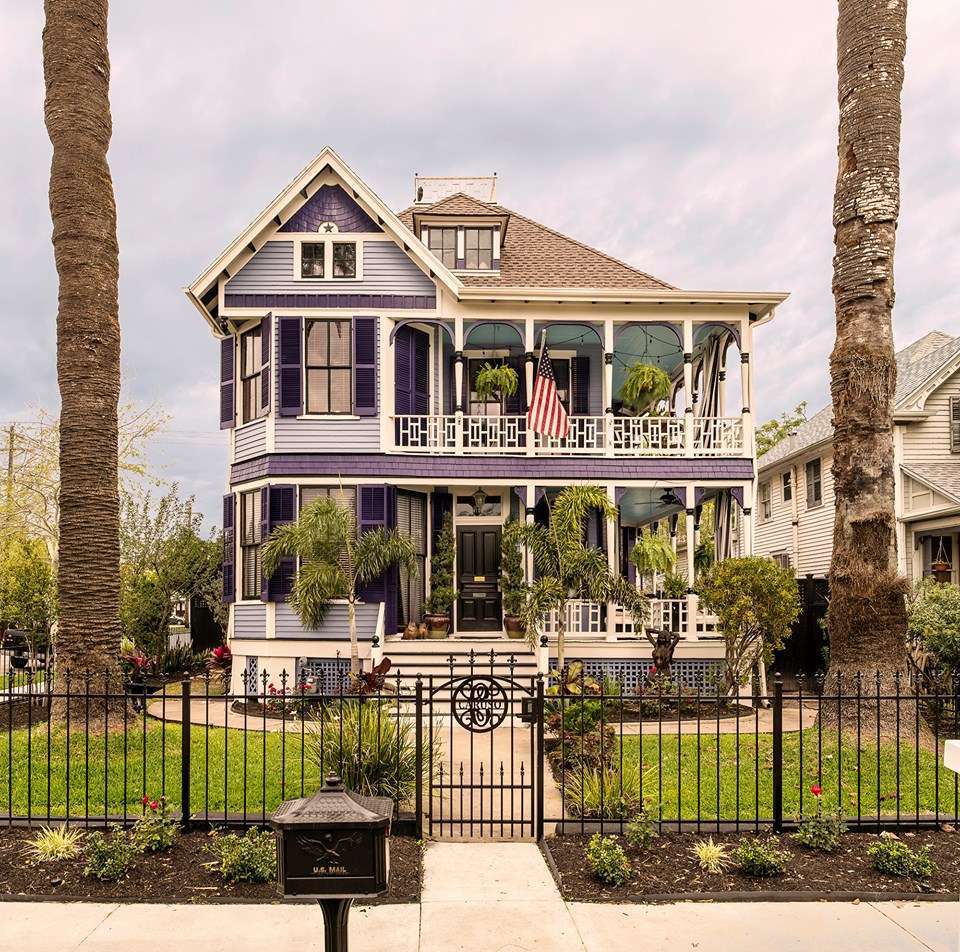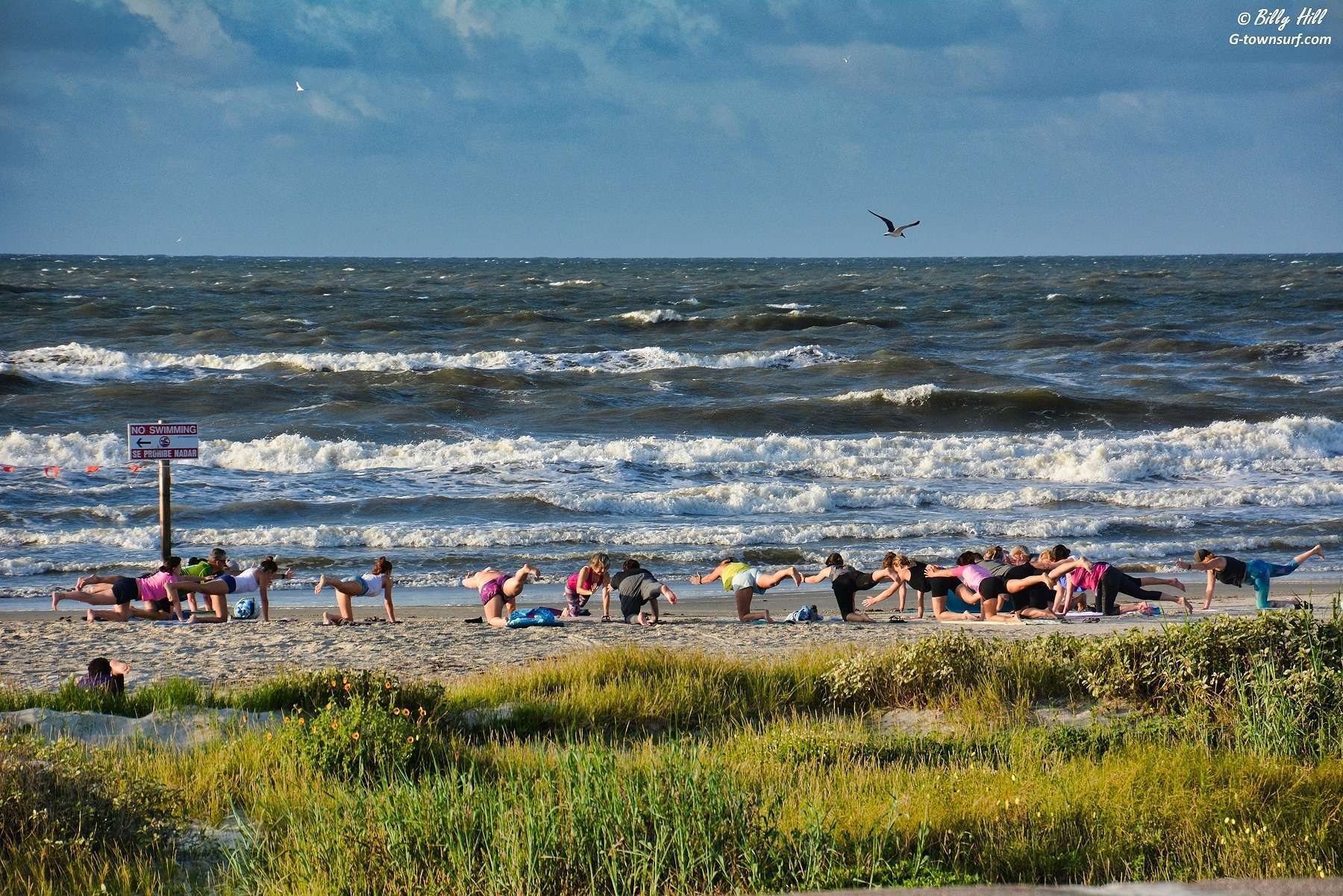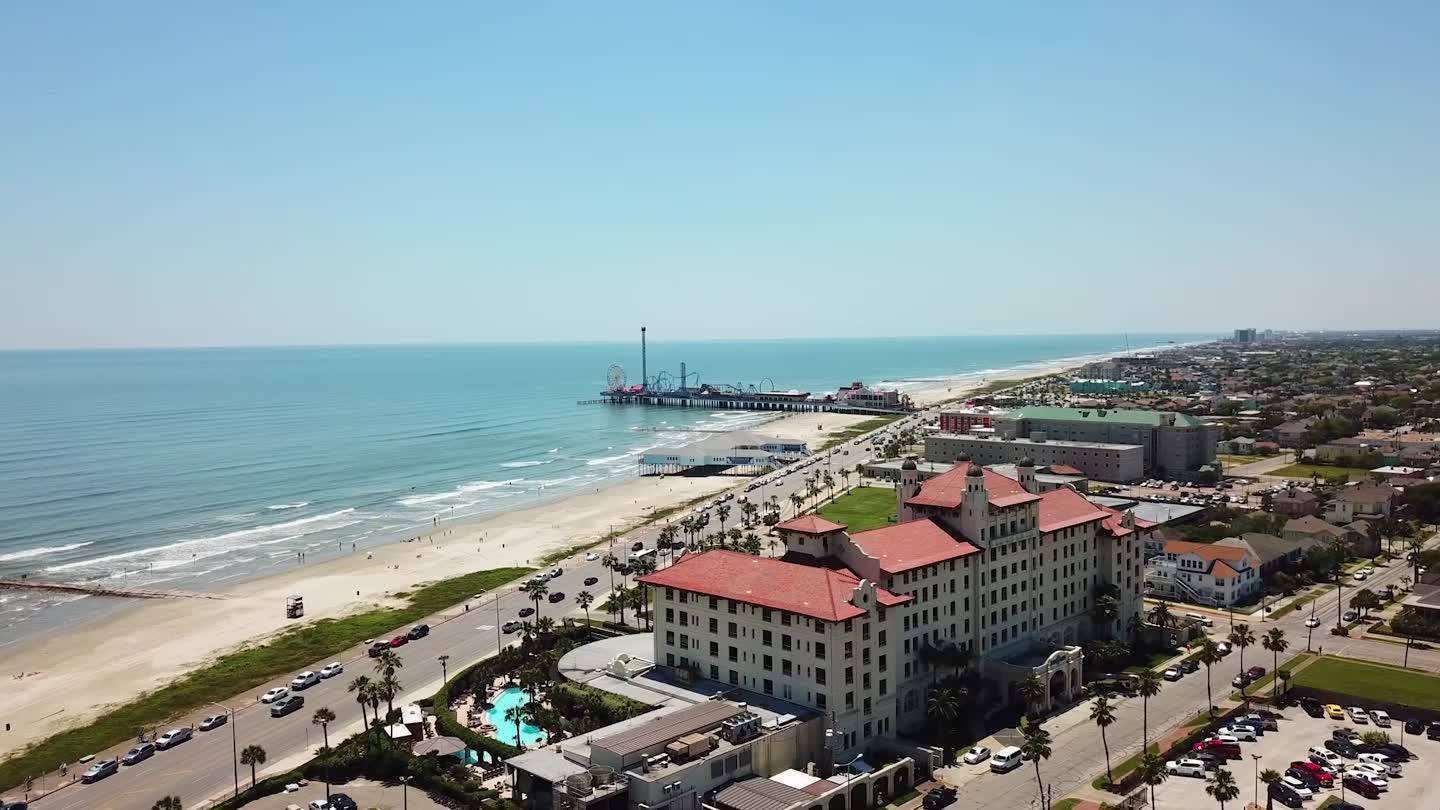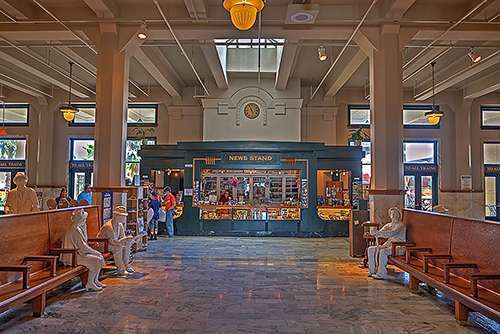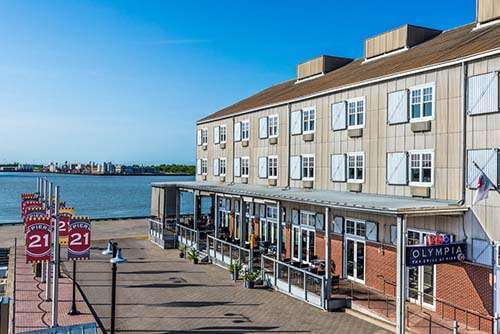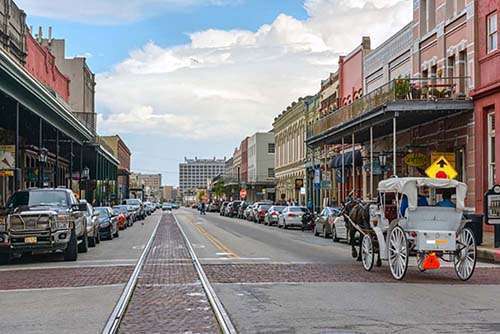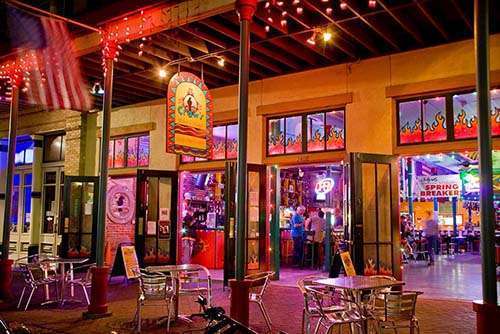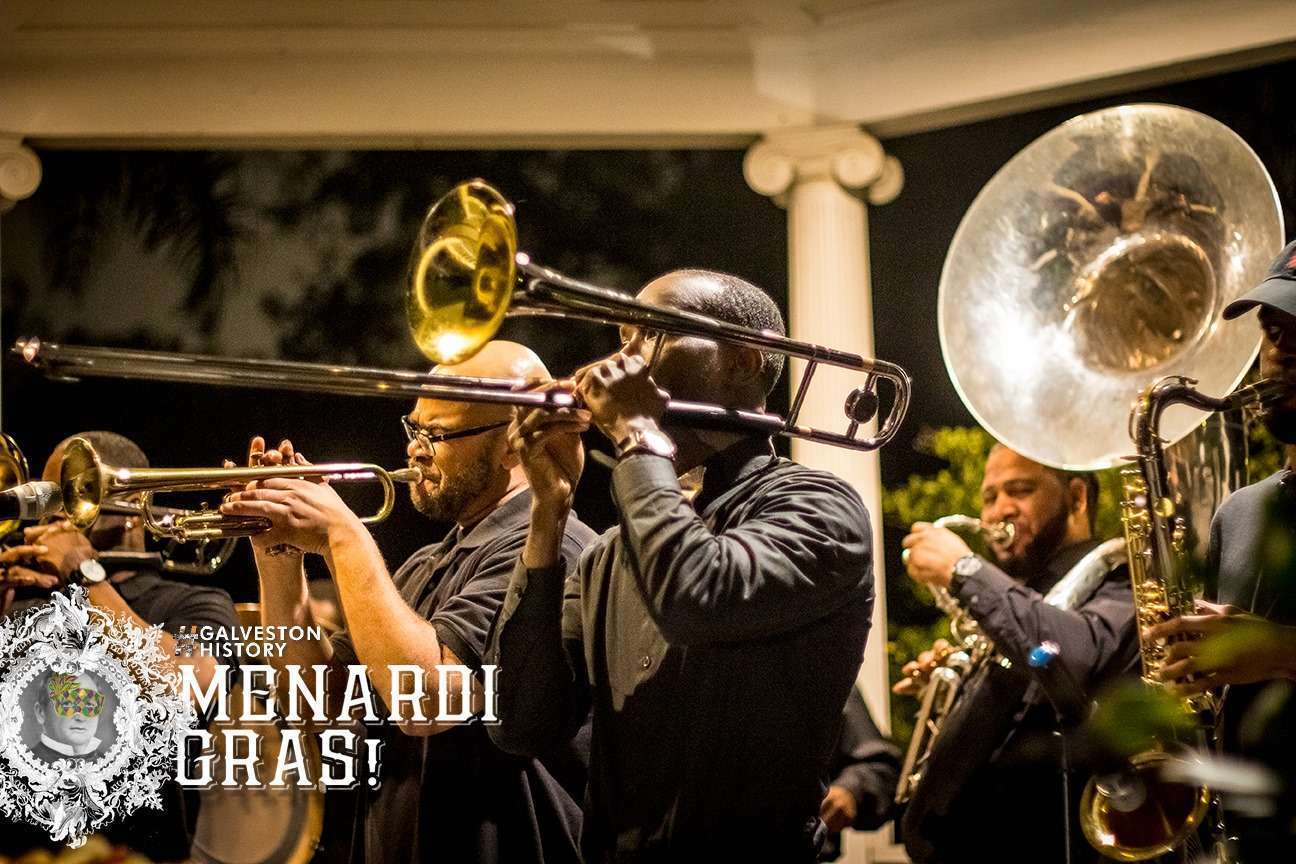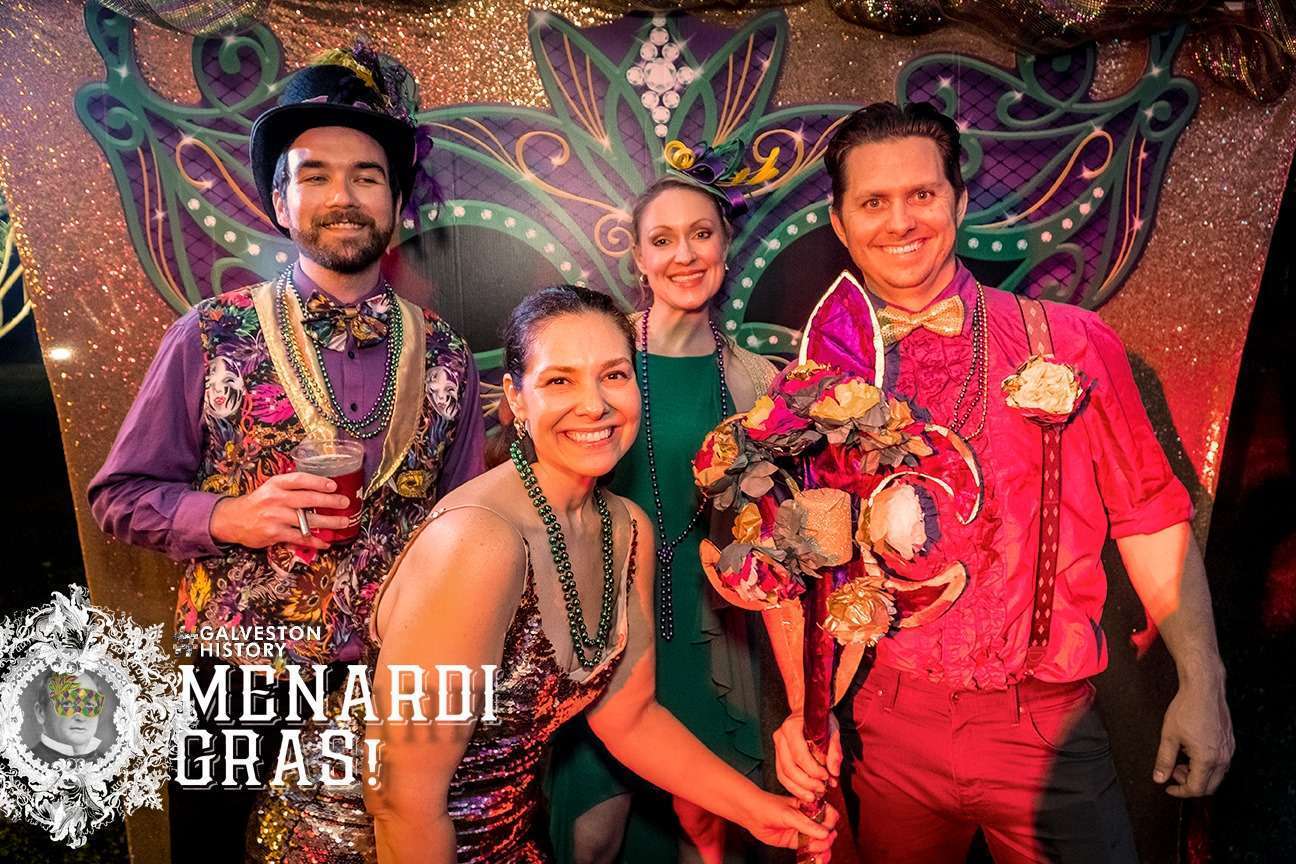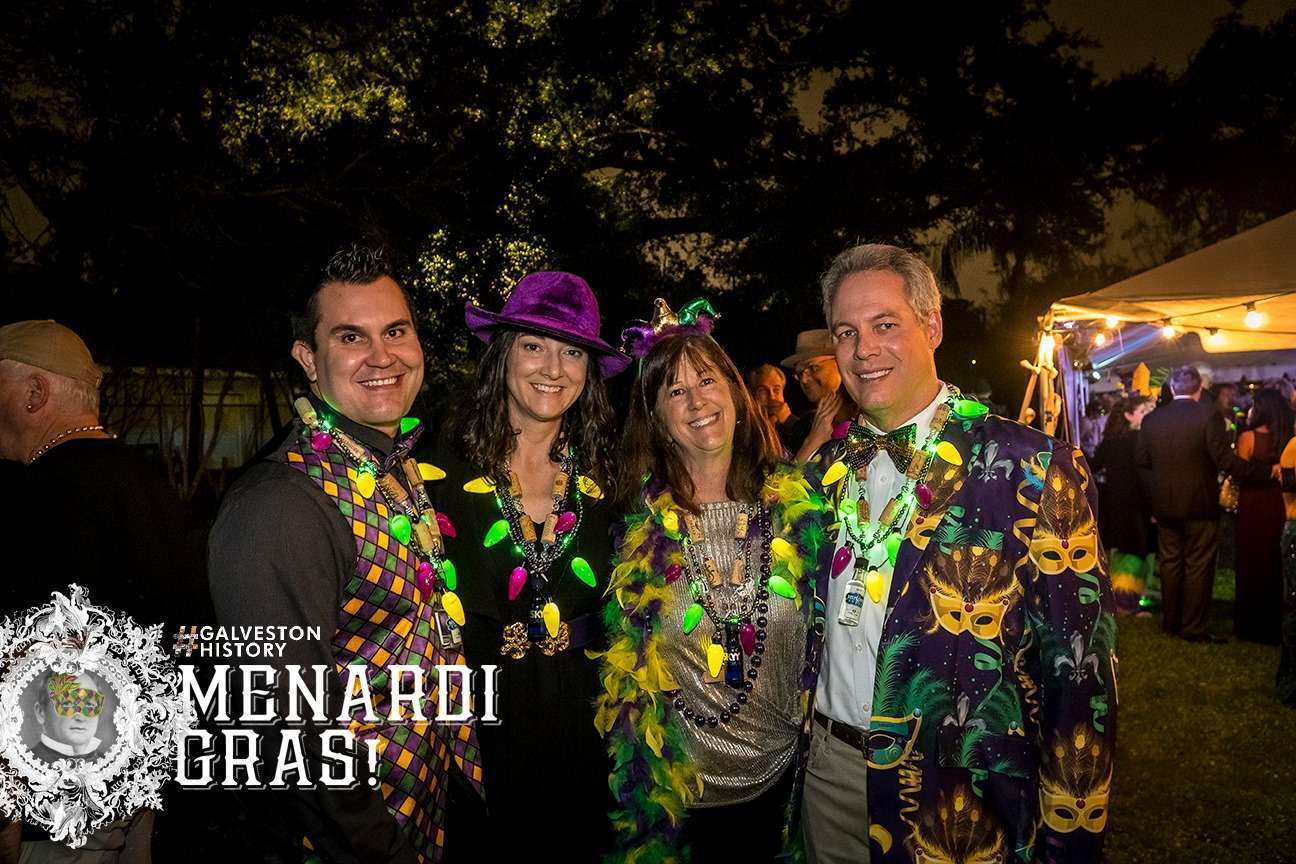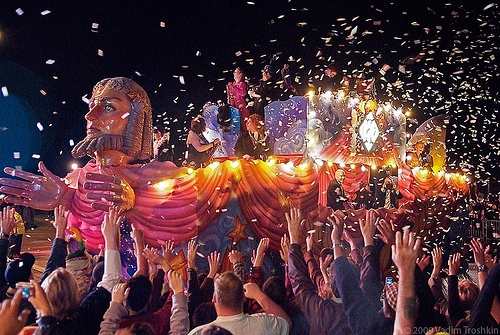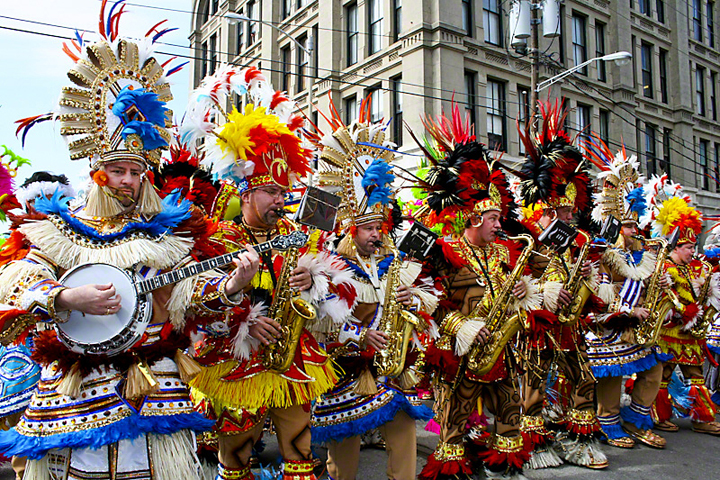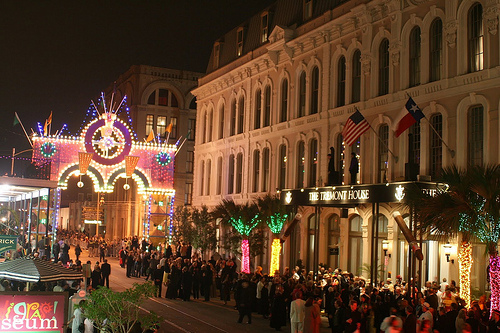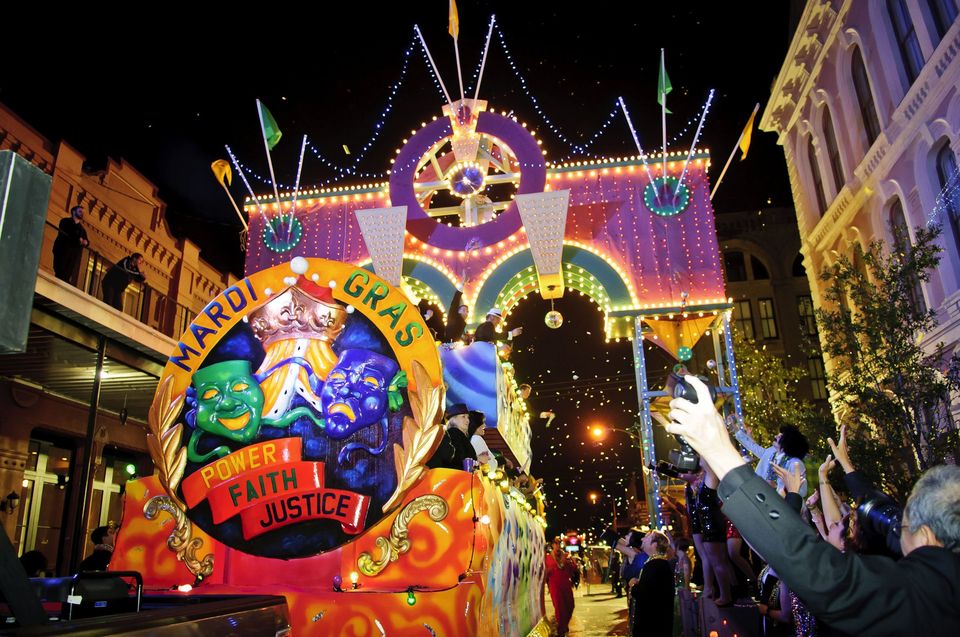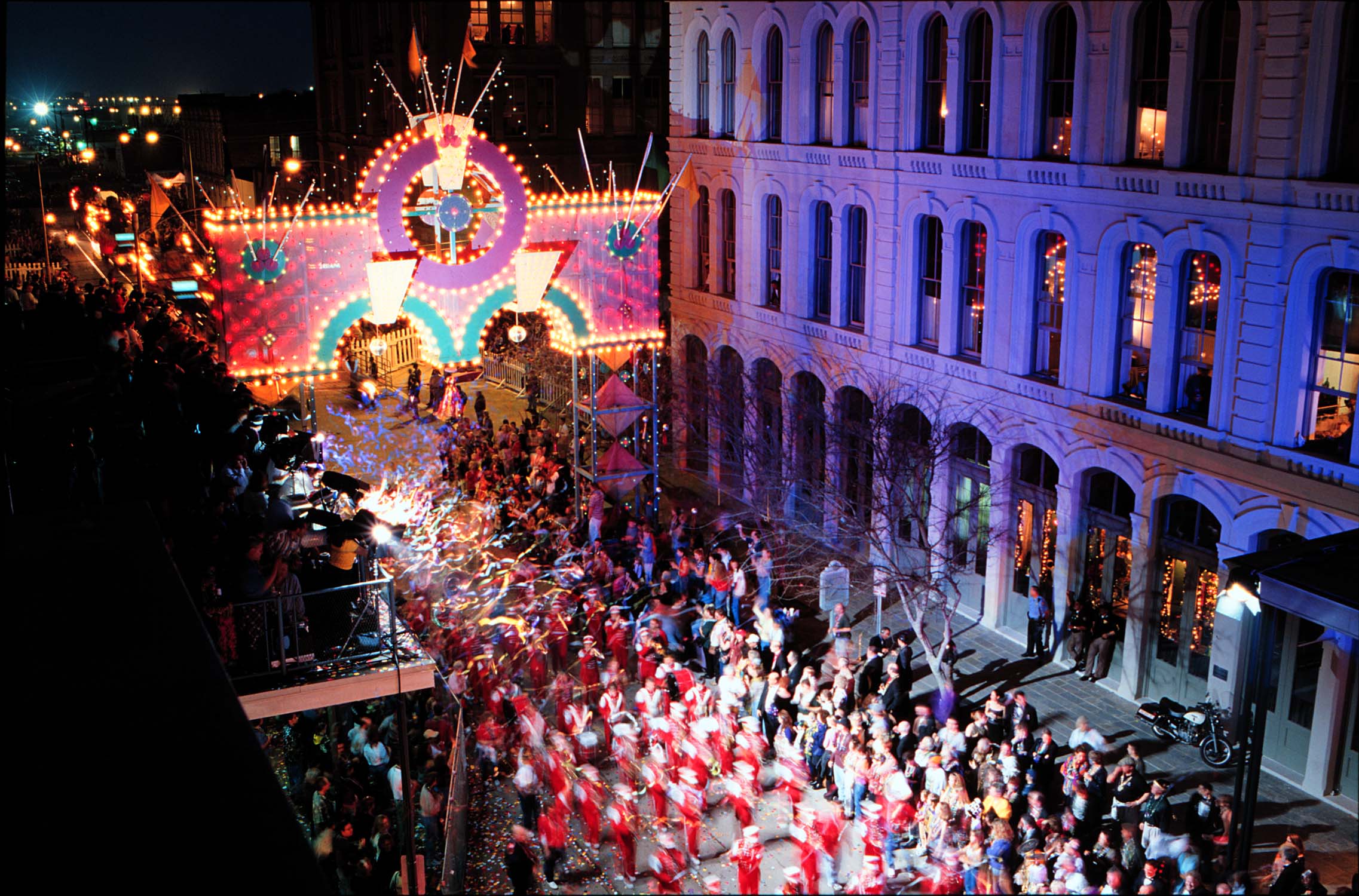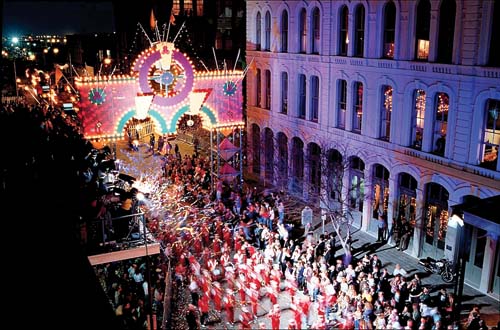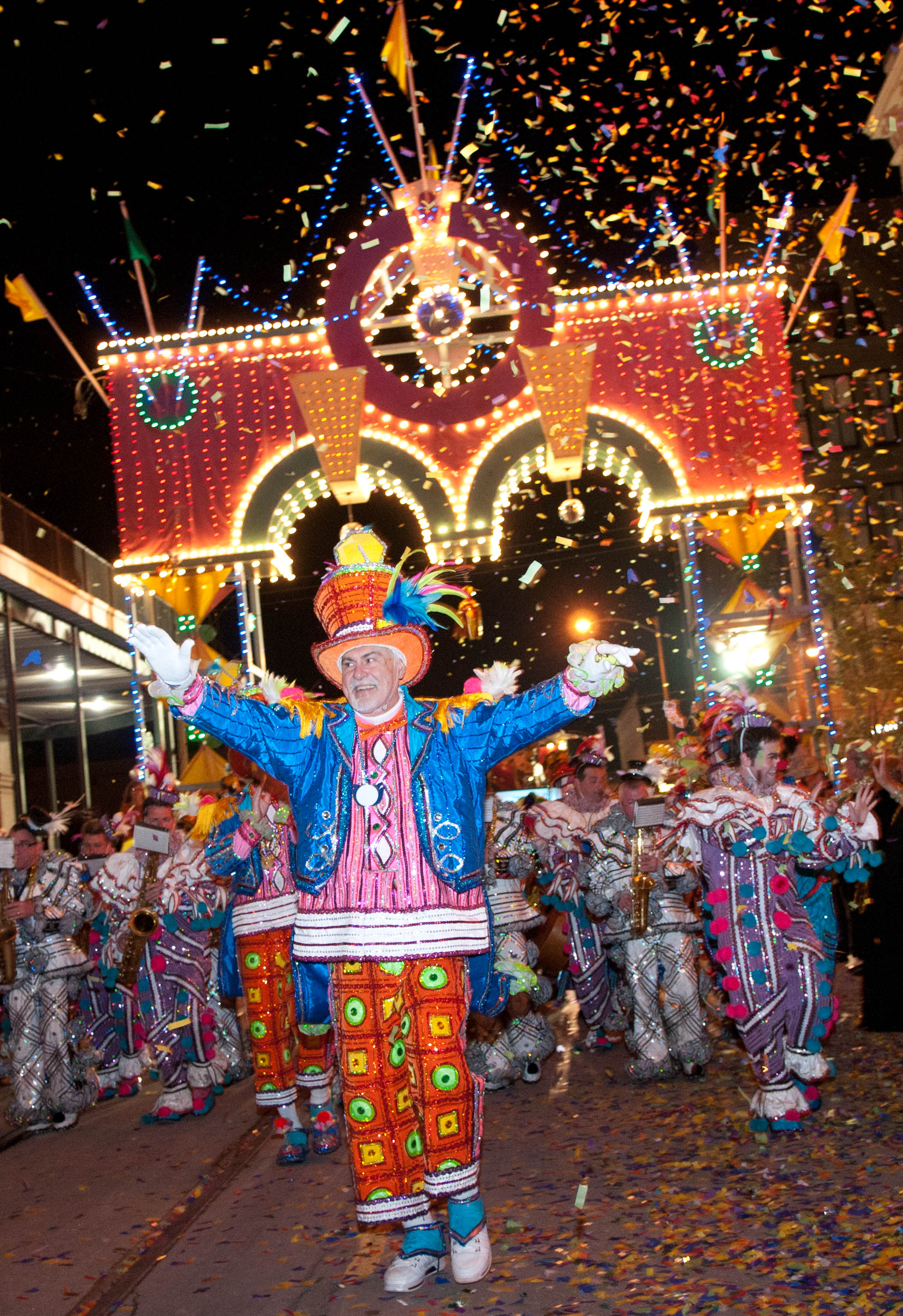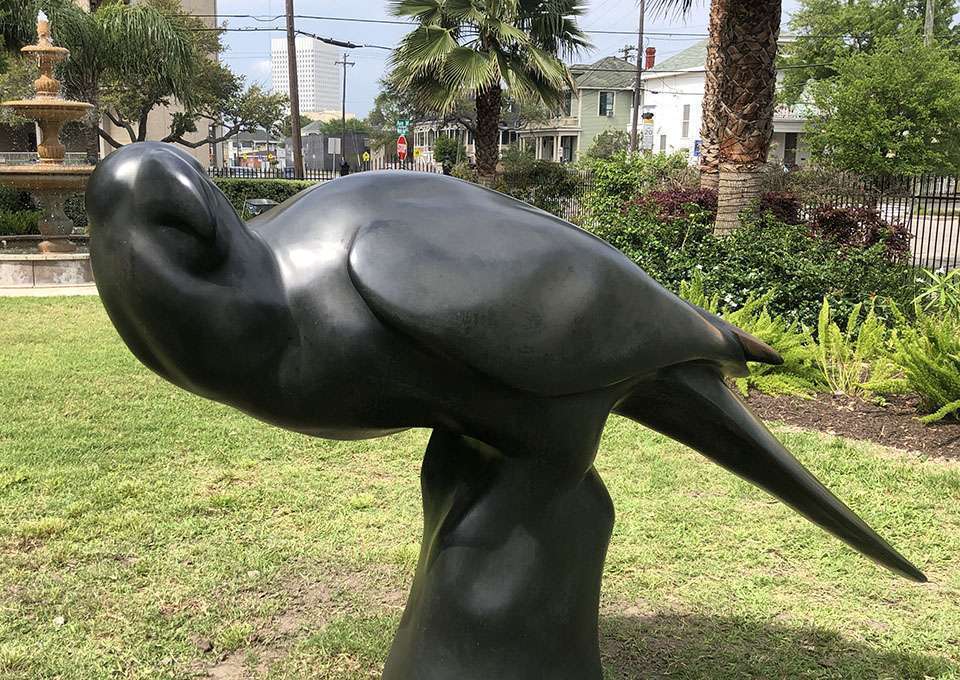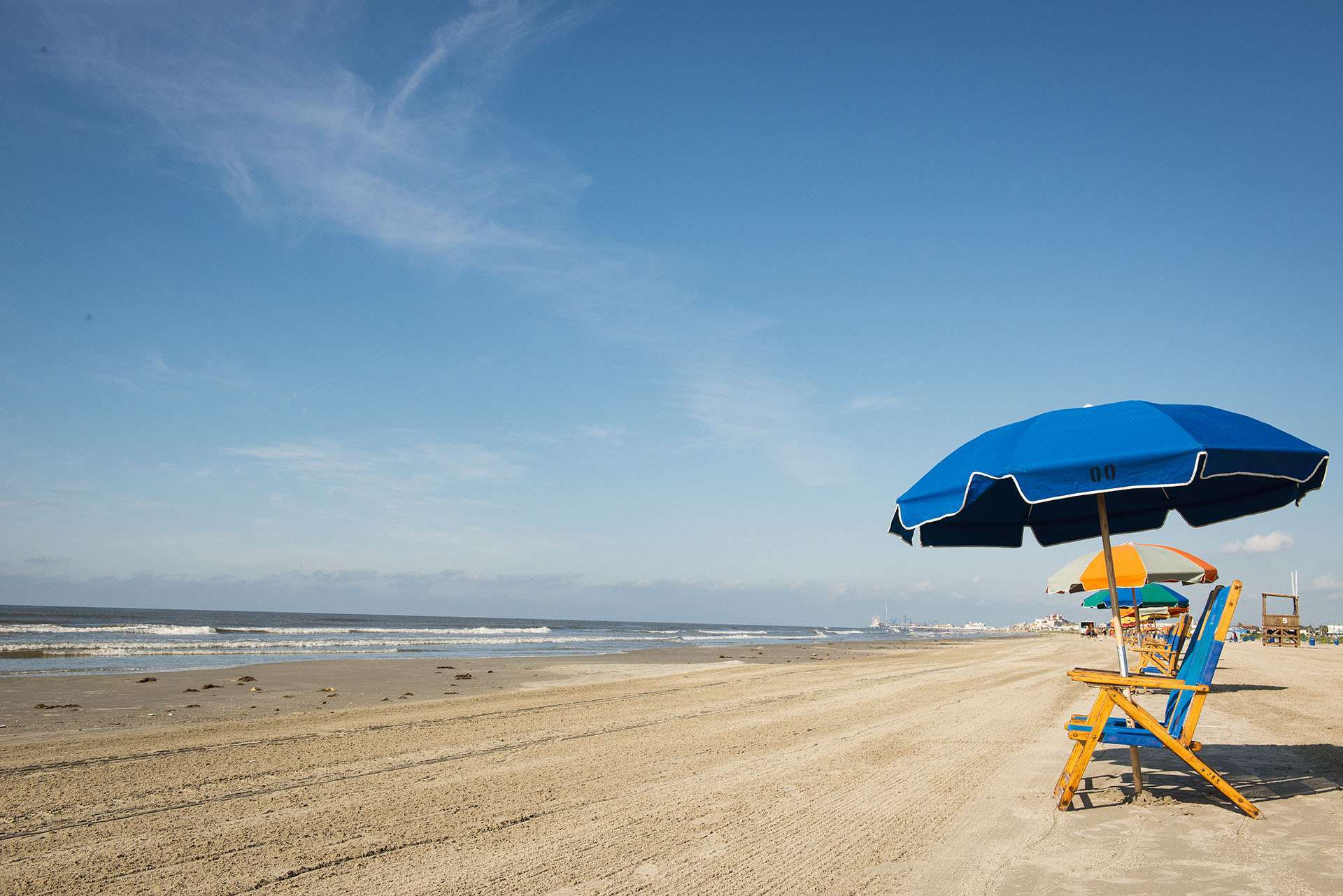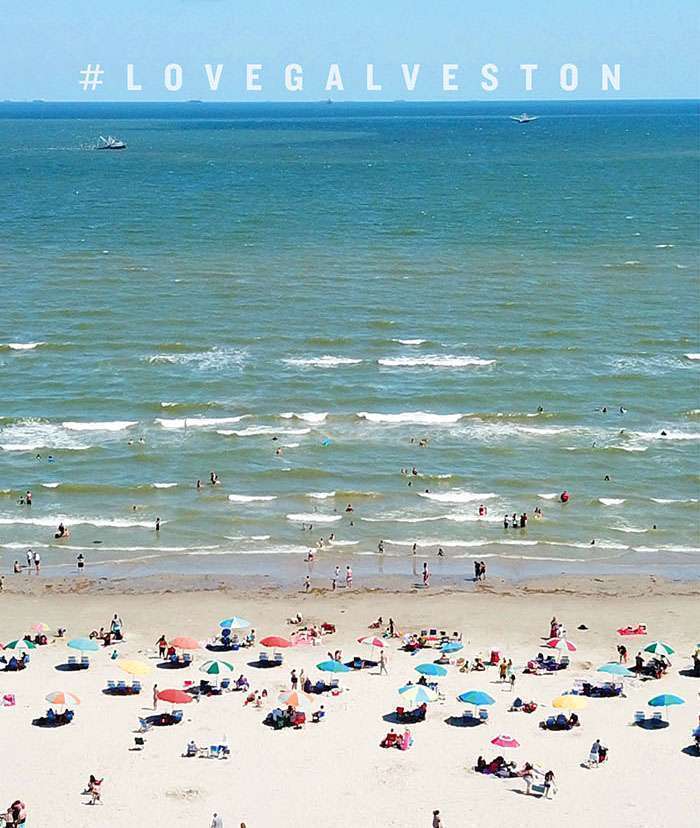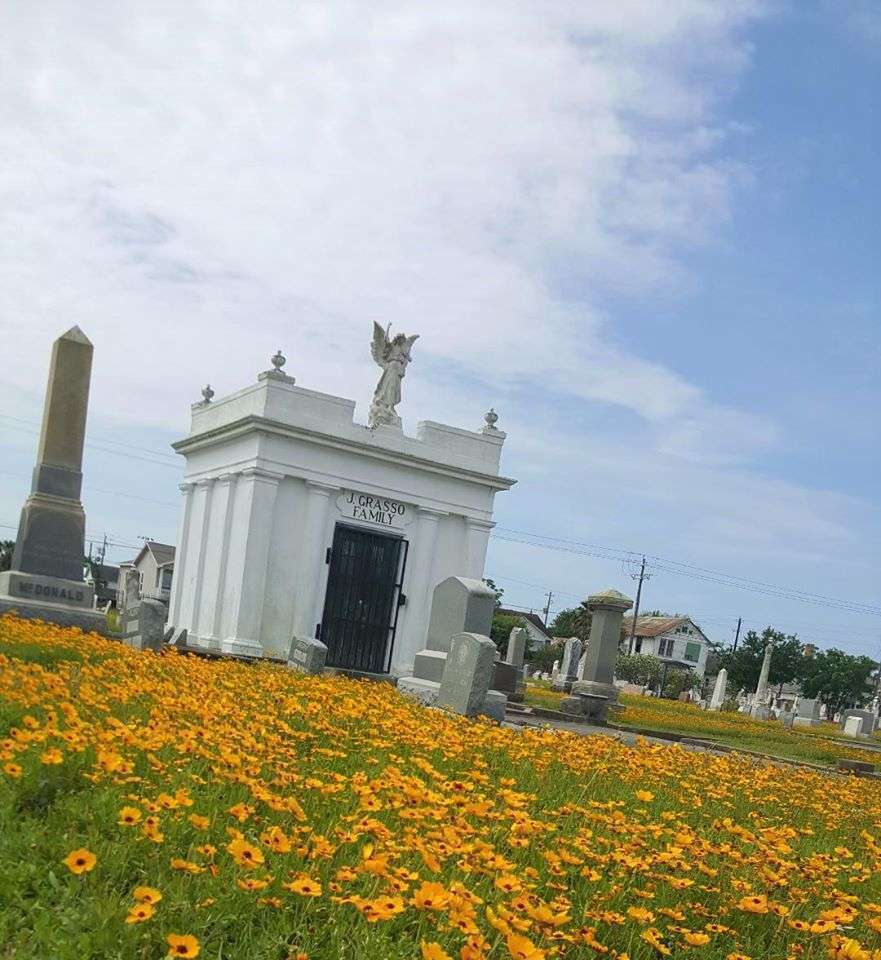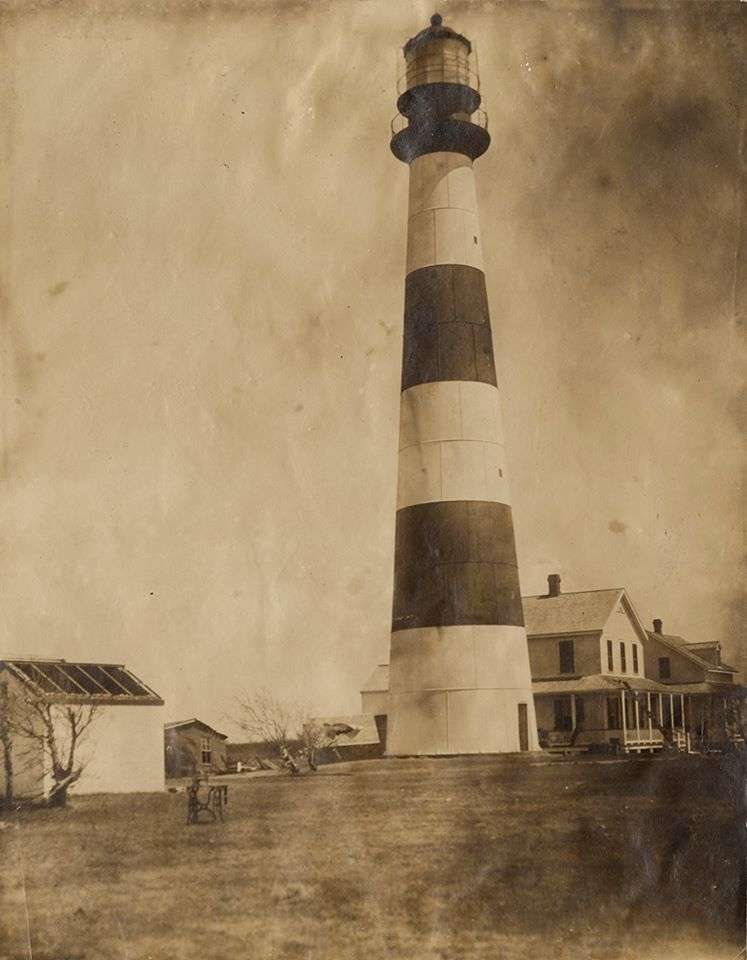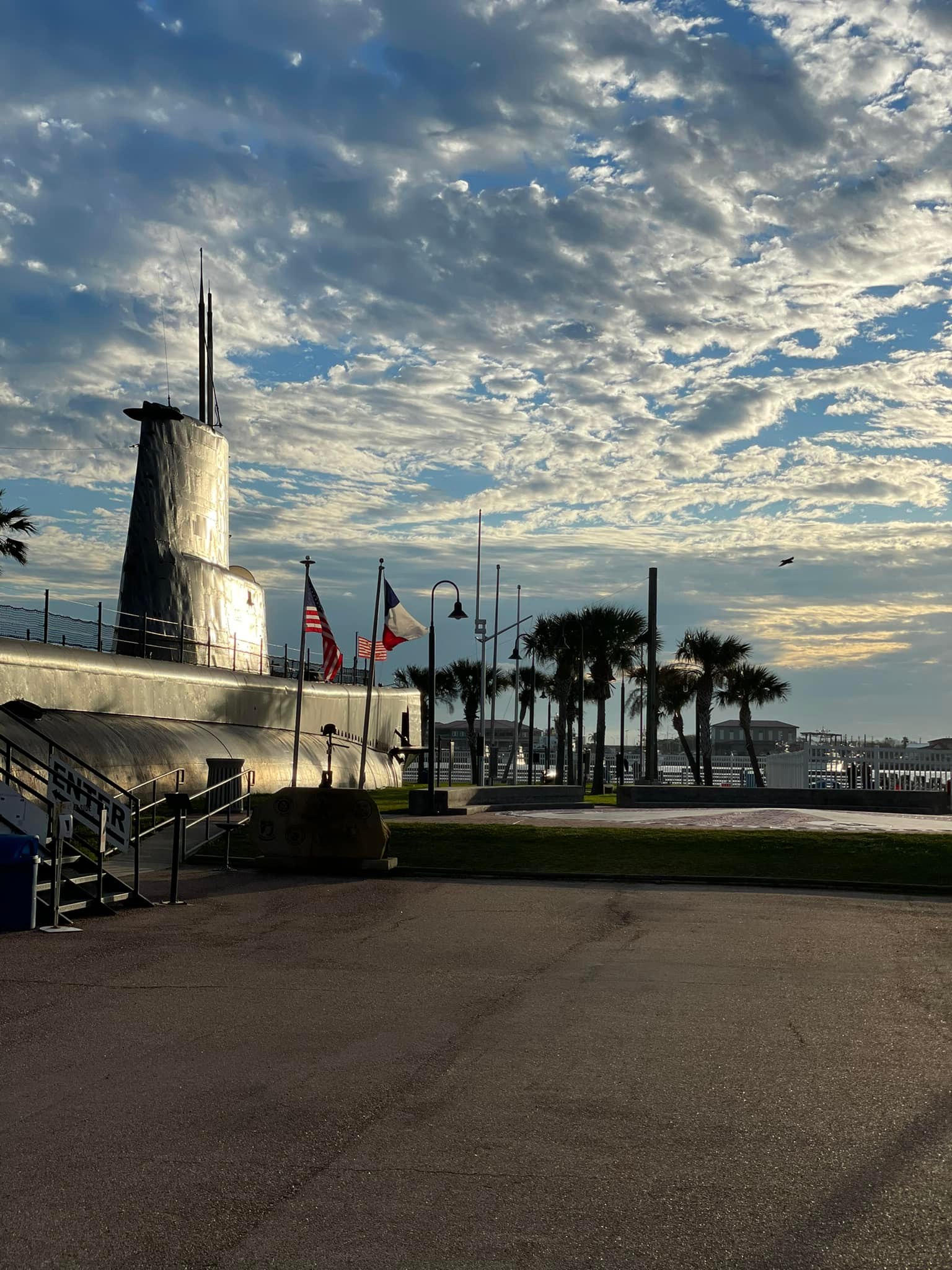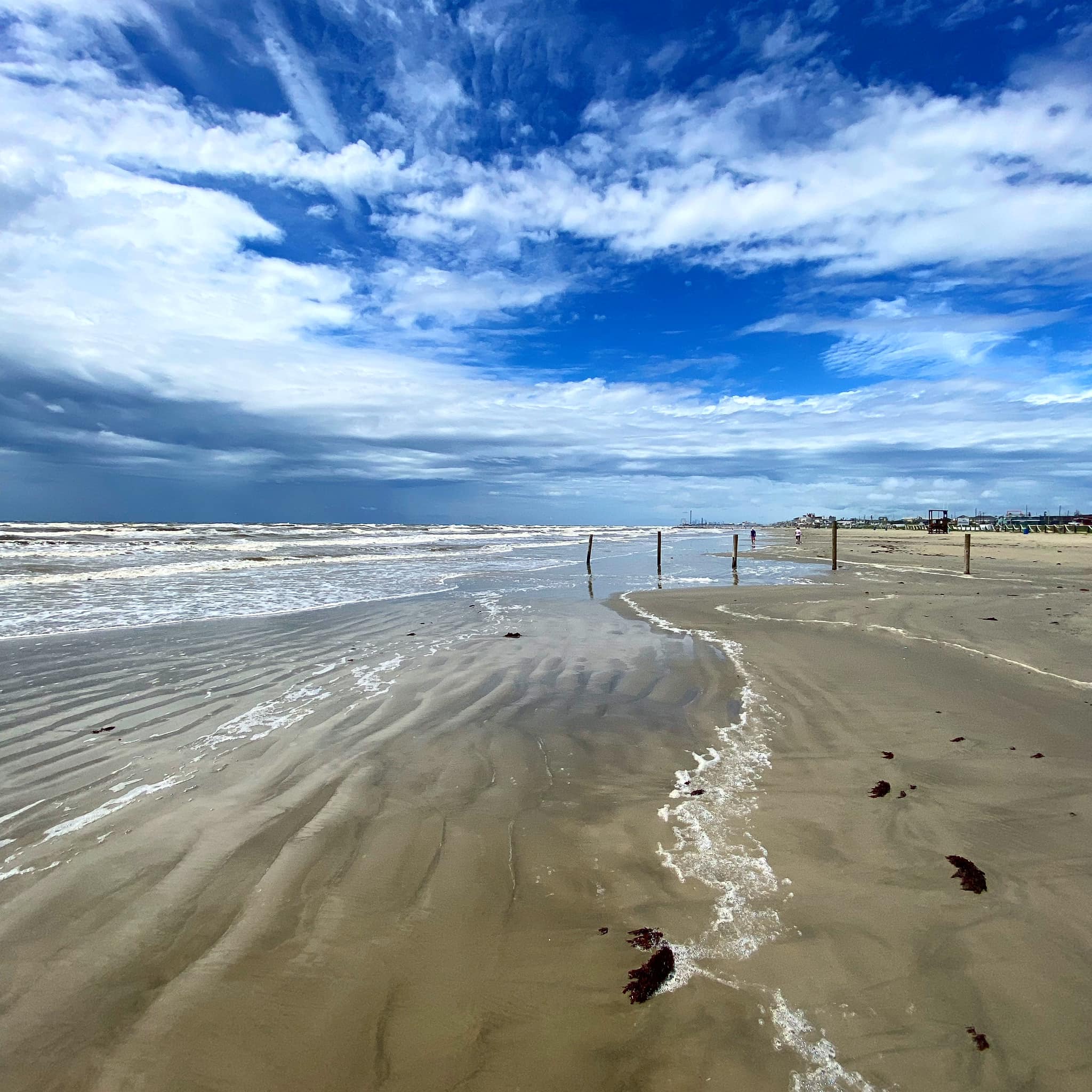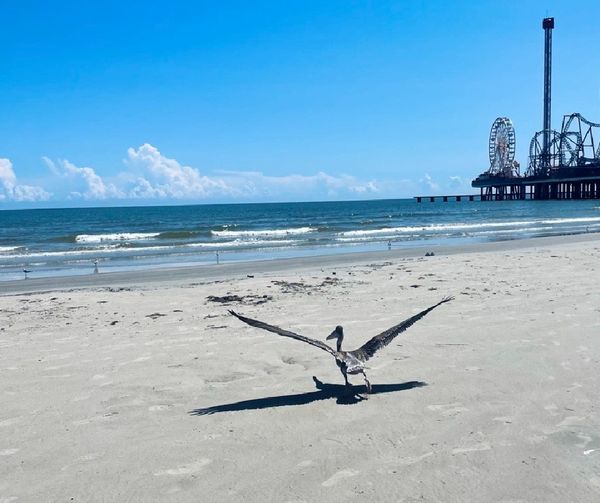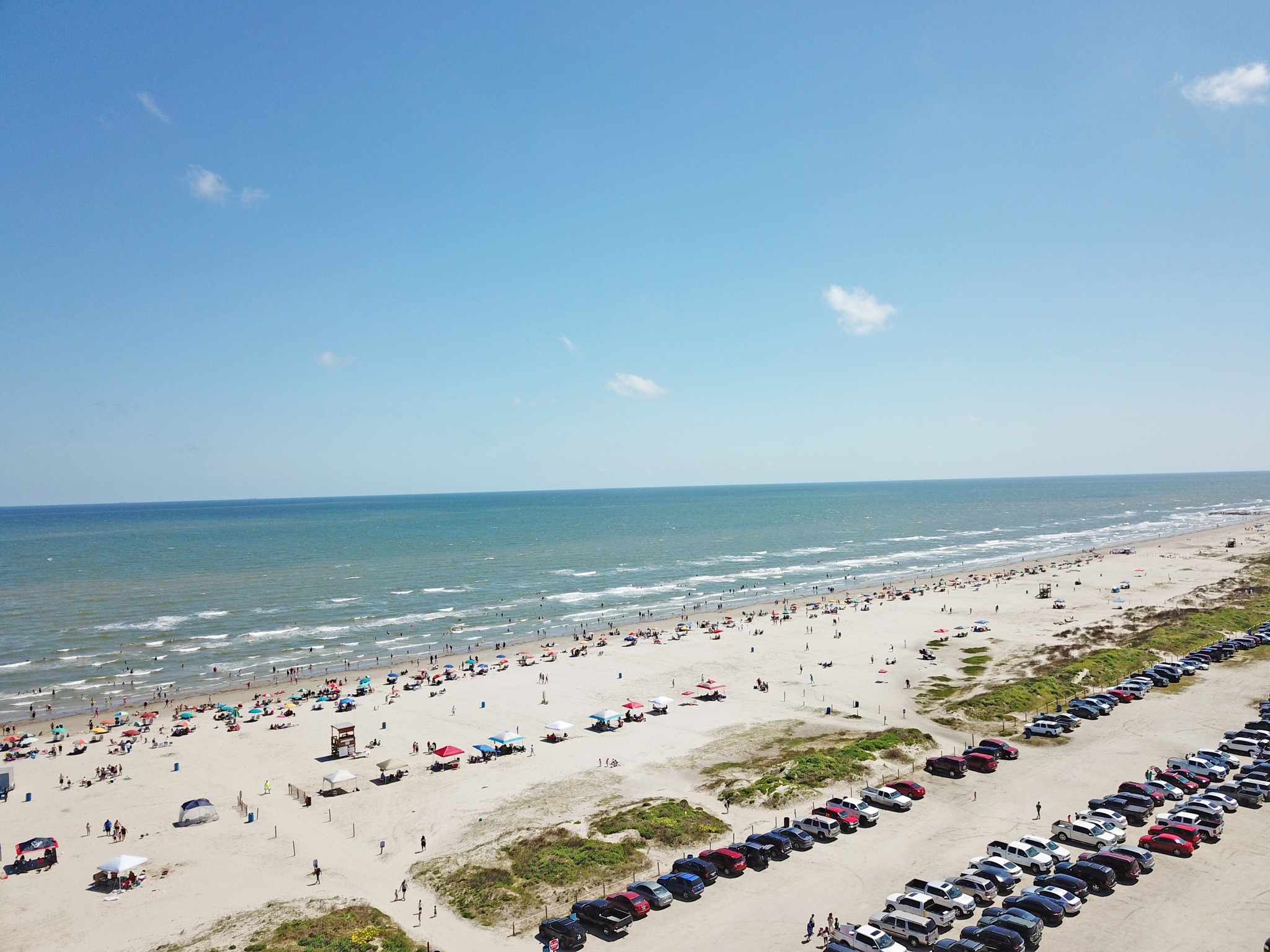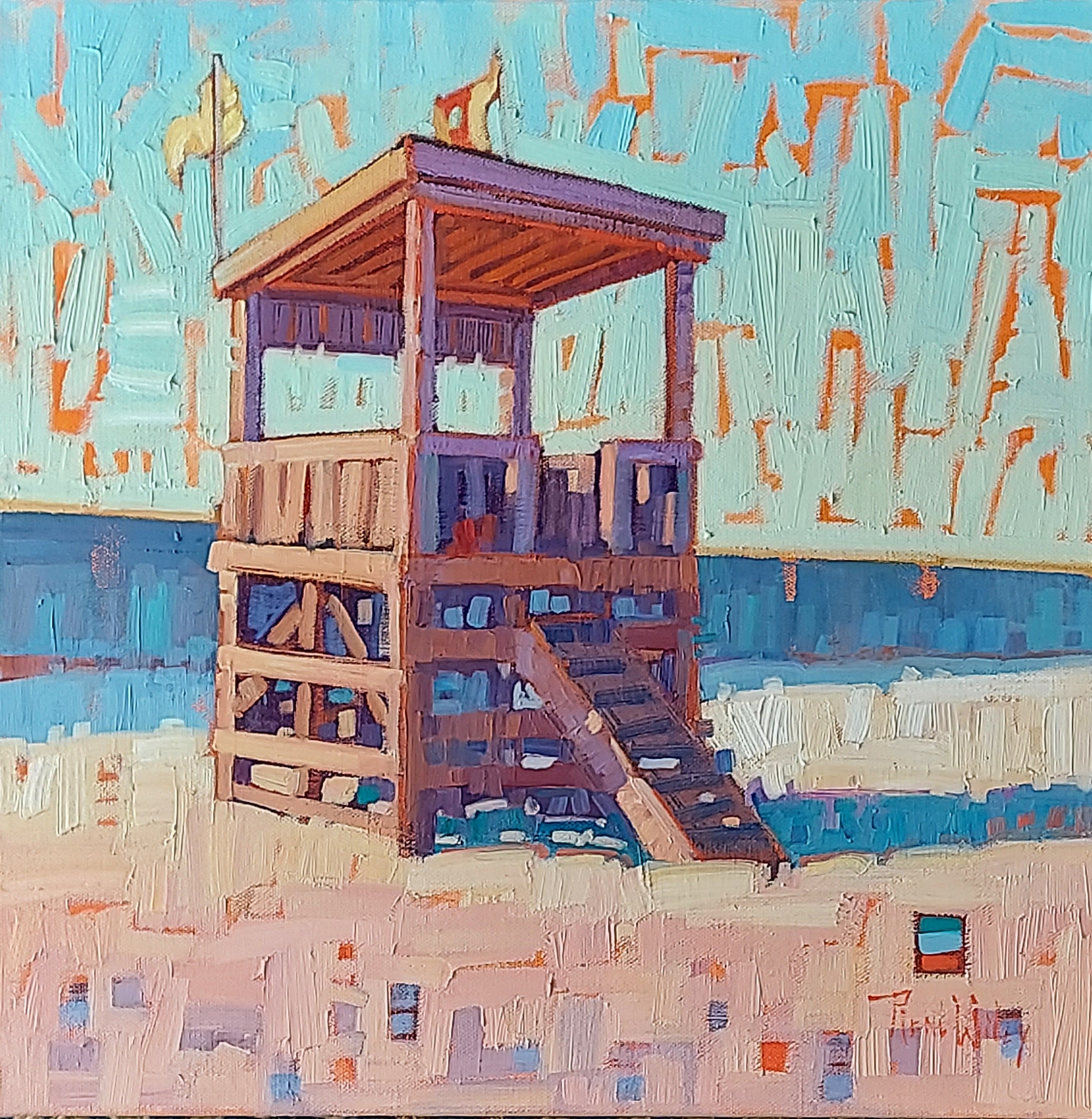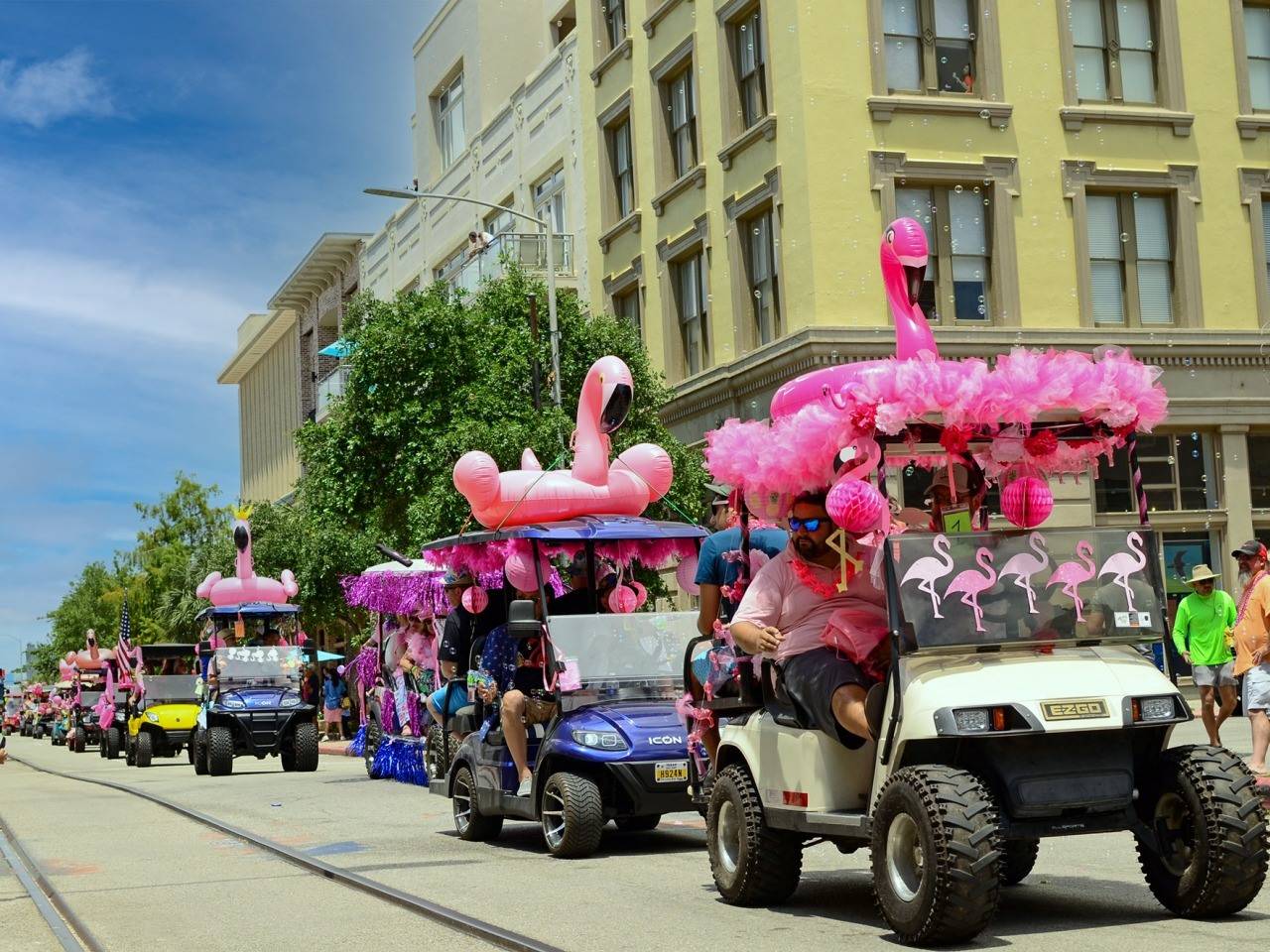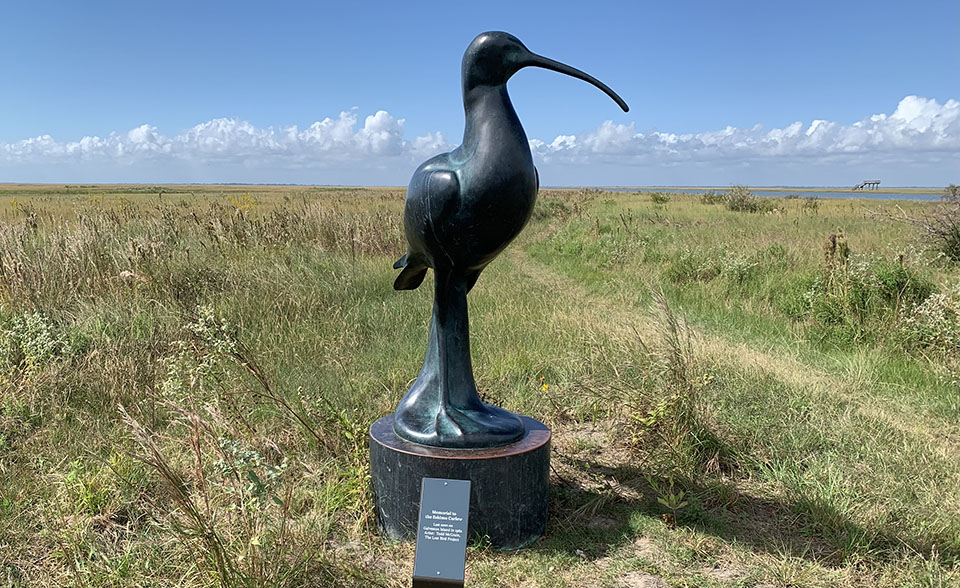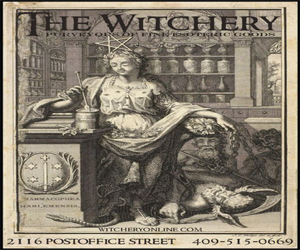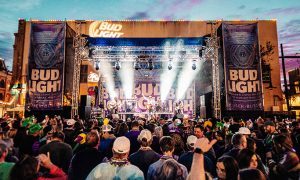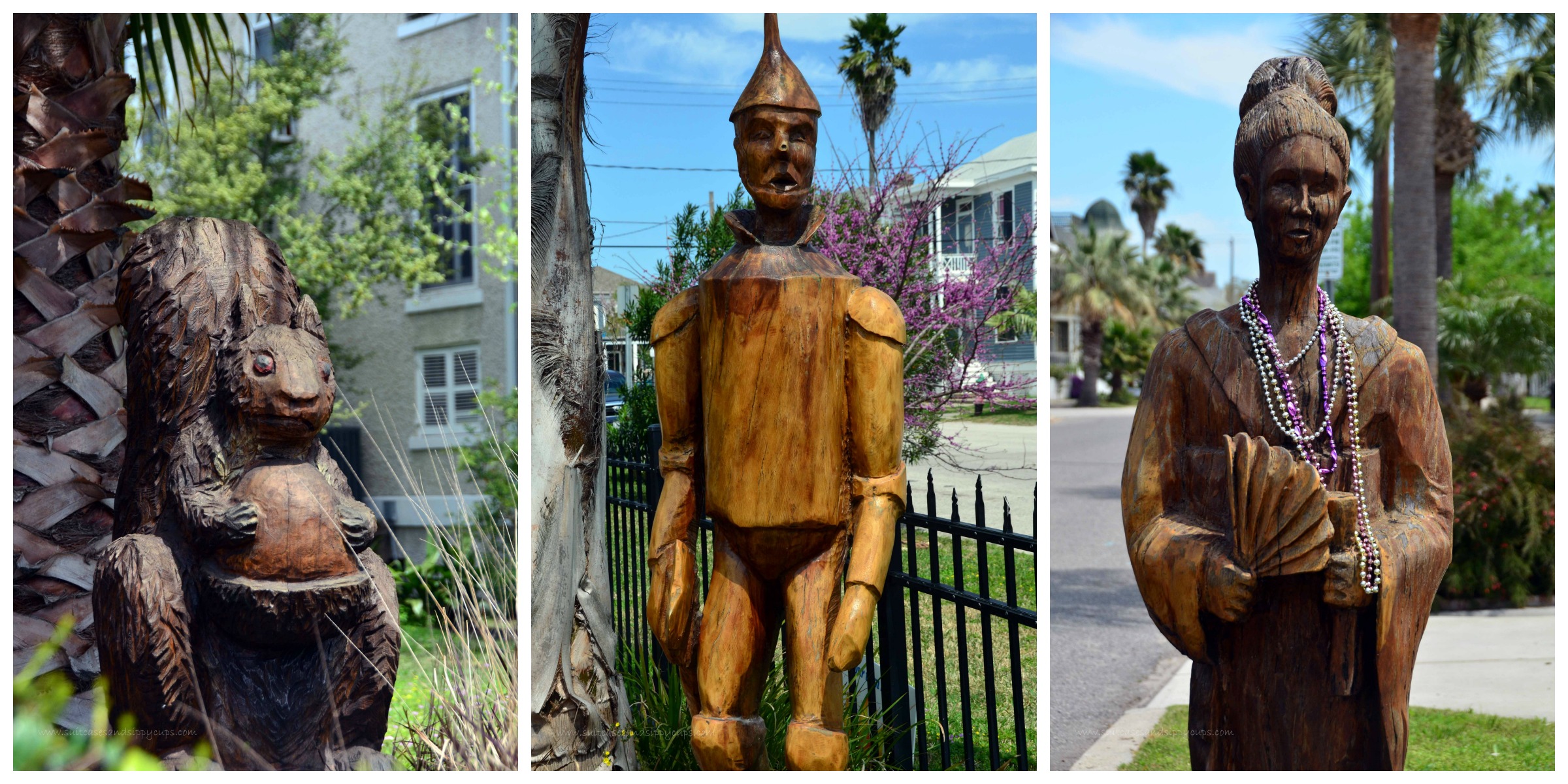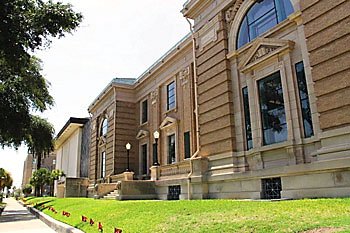
 By Kimber Fountain │ Photos by Christa Schreckengost
By Kimber Fountain │ Photos by Christa Schreckengost
Galveston is home to one of the finest collections of architecture in the United States. Although the majority of the opulence and grandeur displayed along the city streets is a reminder of the commercial status of Galveston in the 19th century, some later examples stand to prove that the Island is forever a beacon of progress, no matter how savage a storm invades. Lining the Strand and all throughout downtown are distinct displays of almost every notable historic motif, including Greek Revival, Neo-Renaissance, High Victorian, Gothic, French, Italianate, Beaux Arts, and Romanesque. Common materials used were brick, often stuccoed to look like stone, with marble, granite, and cast iron details. But the truest distinction of Galveston’s vast and varied architecture is the constant perpetuation of its preservation, and the sheer magnitude of the task of maintaining the history while subsequently rendering them practical for modern use.
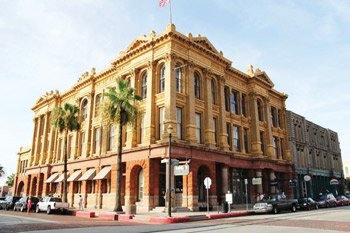 Nicholas Clayton
Nicholas Clayton
Credit must be given where credit is due, and in the case of Galveston’s historic architecture, it must be presented to one Nicholas Clayton, the premiere and prominent architect amid Galveston’s 19th century commercial heyday. Born in Ireland in 1840, he immigrated with his mother as a young boy to Cincinnati, Ohio. In Clayton’s early years he worked as a plasterer, marble carver, carver, and architectural craftsman. Then after serving in the United States Navy during the Civil War, he moved to Tennessee and began his work with the architecture firm Jones and Baldwin. In 1872 he was introduced to Galveston on a business trip to oversee the construction of the original Tremont Hotel and the First Presbyterian Church. He decided to stay in Galveston and opened his own firm in 1875, which puts him among the first professional architects in Texas. Clayton’s bold and textured approach to architecture as fine Victorian Art catapulted him to prominence, and his fearless consistency with ornate yet elegant design dominated even in the ensuing era of Queen Anne simplicity. His reputation and success went into steep decline after the turn of the century, and he died nearly destitute. But he bequeathed to the city of Galveston a priceless, enduring gift that has weathered over a century of drastic change and devastating storms.
 “His work represents a lifetime, worked out day by day under the most ordinary and circumstantial conditions, dedicated to the cause of architecture as the public art,” quoted from Stephen Fox, “Architectural Review.”
“His work represents a lifetime, worked out day by day under the most ordinary and circumstantial conditions, dedicated to the cause of architecture as the public art,” quoted from Stephen Fox, “Architectural Review.”
In addition to the buildings on this list, Nicholas Clayton also designed the John Sealy building (Old Red, the original hospital of what is now UTMB), Bishop’s Palace, many other commercial buildings on the Strand, homes in the East End Historic District, and the main building of St. Edward’s University in Austin, Texas.
 Hutchings, Sealy & Company Building, 2328 Strand
Hutchings, Sealy & Company Building, 2328 Strand
Constructed in 1895, the Hutchings and Sealy building is the first and grandest work on this list by Nicholas Clayton. This is actually two buildings combined by one façade, the upper floors are yellow brick, while the bottom level is made of pressed brick formed to resemble stone, with granite accents throughout. On the western facing side of the building, two dates are inscribed. The date ‘1895’ is carved atop a shield that rests in the ornamentation atop the building, marking the date that the building was completed. Below is ‘1854,’ which is an exhibition of Galveston pride. Hutchings and Sealy began as an insurance company in 1837, but 1854 marks the year they transitioned to banking and moved to Galveston. Thus, when they designed this building, they celebrated not their first year of business, but the year they moved to Galveston.
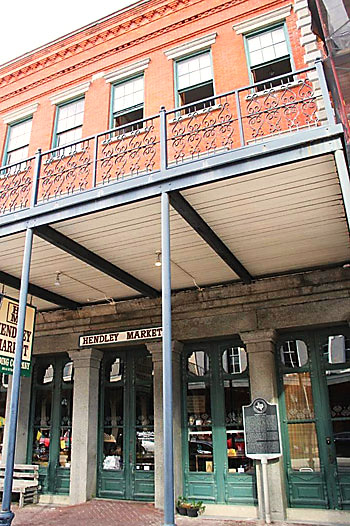 Hendley Row, 2000-2016 Strand
Hendley Row, 2000-2016 Strand
When Hendley Row was completed in 1859 it was the largest commercial building in the entire state of Texas. The building is comprised of four adjoined structures, three of which are the oldest commercial buildings in Galveston. The fourth was destroyed by fire in 1866 and rebuilt in 1867. William and Captain J.J. Hendley formed the Hendley Company in the 1850s, a cotton and commission house, and were the leading company at the time
of the construction of Hendley Row.
The brick for the building was imported from Boston, and when it was completed in 1859, The Row was the largest commercial building in the entire state of Texas. Because of its size and fortitude, Hendley Row served as the base and the watchtower for military forces during the Civil War, and no conquest of Galveston was deemed official until it was captured. Therefore the majority of the conflict during the Civil War, including the Battle of Galveston on January 1st, 1863, took place in and around The Row.
Trueheart-Adriance Building, 212 22nd Street
H.M. Trueheart & Company was the first commissioned realty firm in the state of Texas, opened by John O. Trueheart in 1857. In 1866 H.M. Trueheart joined his father in the practice and they partnered with John Adriance in 1871. In 1882, they commissioned none other than Nicholas Clayton to design this building, who did so with the utmost regard for High Victorian architecture, while seamlessly blending it with a subtle neo-renaissance feel. After H.M. Trueheart’s retirement in 1906, the firm continued as John Adriance & Sons until 1953.
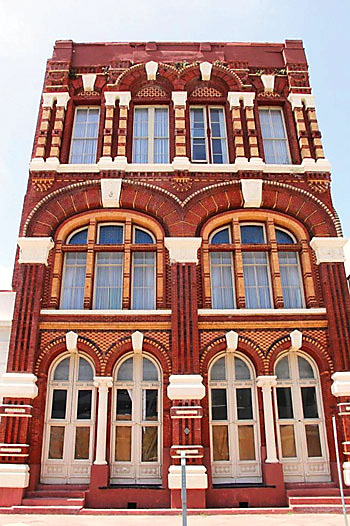 Shearn Moody Plaza, 123 Rosenberg Avenue
Shearn Moody Plaza, 123 Rosenberg Avenue
The youngest building represented on this list, Shearn Moody Plaza was constructed in 1932 and stands as Galveston’s premiere tribute to the opulent decade of Art Deco design and a time known on the Island as “The Free State of Galveston.” Though constructed two decades after Galveston’s loss of commercial prominence, this building holds its own among the grand commercial structures of the 19th century, its size and beauty reminiscent of a testament to the continuation of Galveston’s architectural legacy.
The bottom floor operated as a Union Passenger Train Station until 1967, and now houses the Galveston Railroad Museum, one of the largest transportation museums in the country.
Old Daily News Building, 2116 Mechanic Street
George H. French is credited with publishing the first edition of Daily News on April 11, 1842, making it the longest continuously running newspaper in Texas.
Although there is some speculation as to how the exact transition came about, the paper was taken over by Willard Richardson in 1845 and continued to be a political and economic force at a time when Texas was still a Republic, and Galveston was the capitol city. It continued to produce even through the Civil War and the Great Storm of 1900, although the printing was executed in Houston.
The building is the work of Nicholas Clayton; completed in 1882 it was the first building in the United States to be designed and established solely as a newspaper plant.
The exterior design exudes Clayton’s signature with its woven-fabric feel, and highlights his painstaking eye for detail.
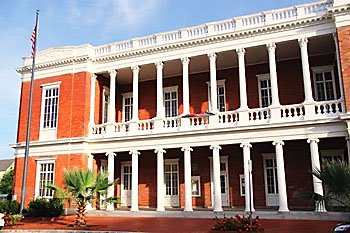 1861 Customs House, 502 20th Street
1861 Customs House, 502 20th Street
Current home of the Galveston Historical Foundation, the 1861 Customs House is the oldest federal building in the state of Texas. The firm of Blaisdell and Emerson completed the construction of this structure in an astounding 114 days, using brick and fireproof cast iron. This building housed Confederate soldiers during the Civil War, and was struck by a cannon ball that was fired all the way from the harbor.
Extensive alterations to the interior were made in 1917, when the Customs House became the Federal Courthouse and a courtroom was added on the second floor. It continued its operation as a federal building well into the mid twentieth century.
 Rosenberg Library, 2310 Sealy Avenue
Rosenberg Library, 2310 Sealy Avenue
Henry Rosenberg is one of Galveston’s first and most well-loved philanthropists. After amassing a fortune amid Galveston’s prominence as a commercial port, he died without an heir and thus bequeathed the majority of his estate to the City of Galveston. Included in his inheritance were instructions to use the money to build a library, free and open to the public.
Construction on the library was started in 1902 and completed in 1904, and its design represents well, not only the treasures in Galveston’s architectural storehouse, but also the wealth of information and history housed inside its walls. Built in the Italian Renaissance style, the façades house carvings of the names of timeless authors and embellishments that pronounce the building to be just as Rosenberg intended, a center of education and knowledge.
The cornerstone is of particular interest, found at the bottom of the northeast corner of the building. Laid on October 18th
of 1902, the cornerstone quotes the library’s namesake and eternally preserves Rosenberg’s heartfelt sentiments to his Island city: “In making this request, I desire to express in practical form my affection for the city of my adoption and to the people among whom I have lived for so many years, trusting that it will aid their intellectual and moral development, and be a source of pleasure and profit to them and their children, and their children’s children, through many generations.”




